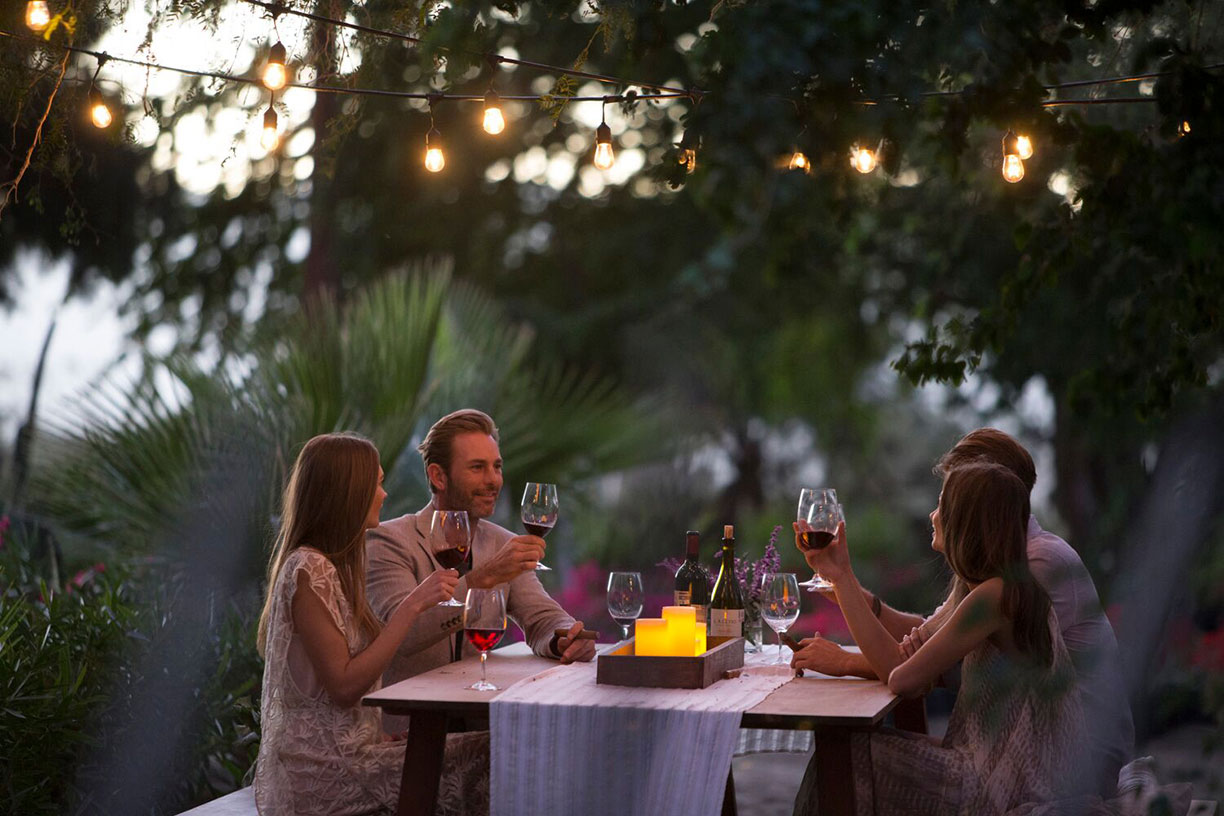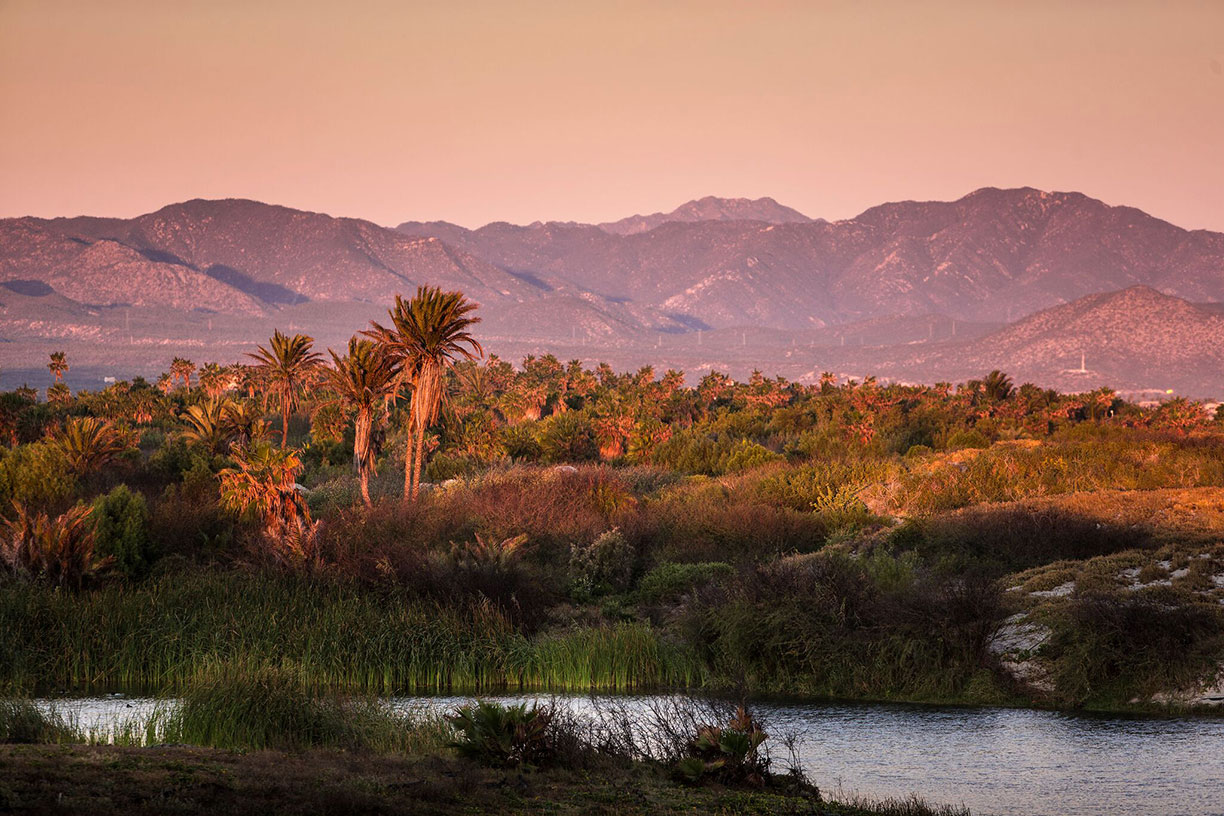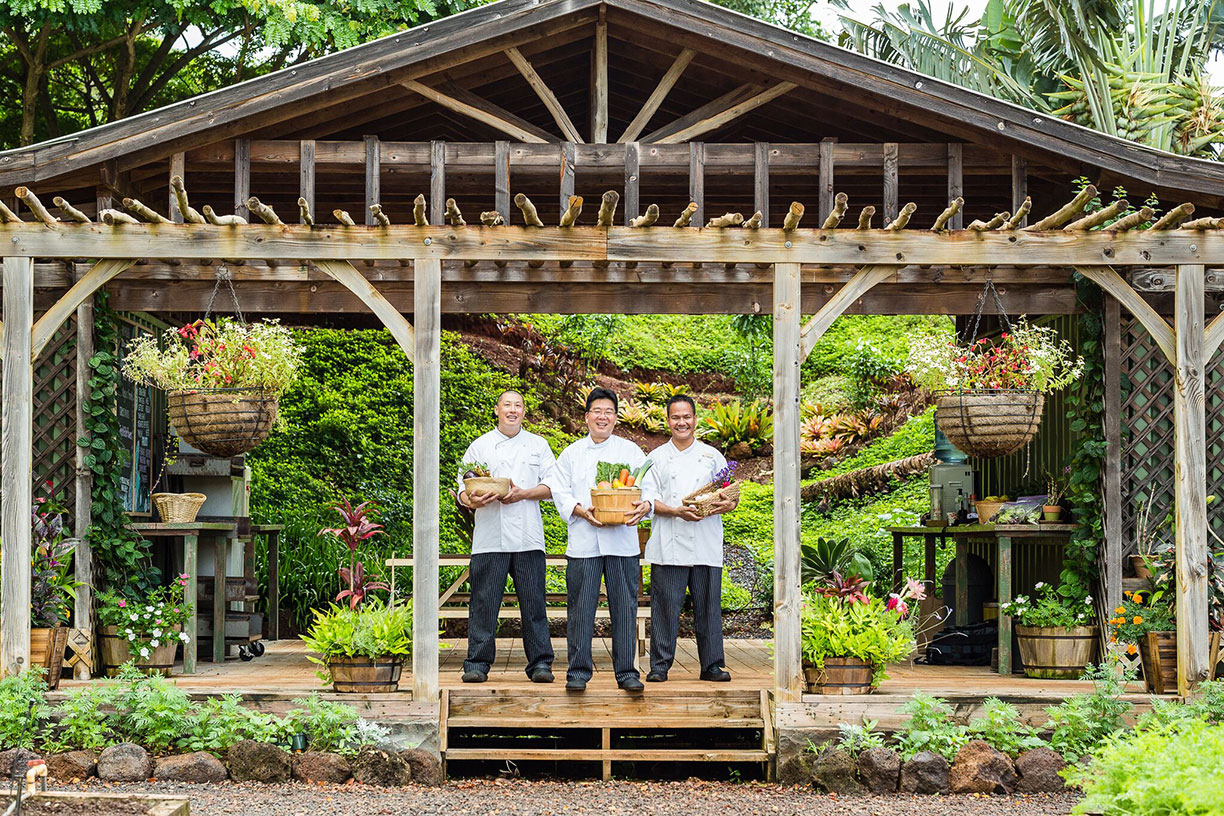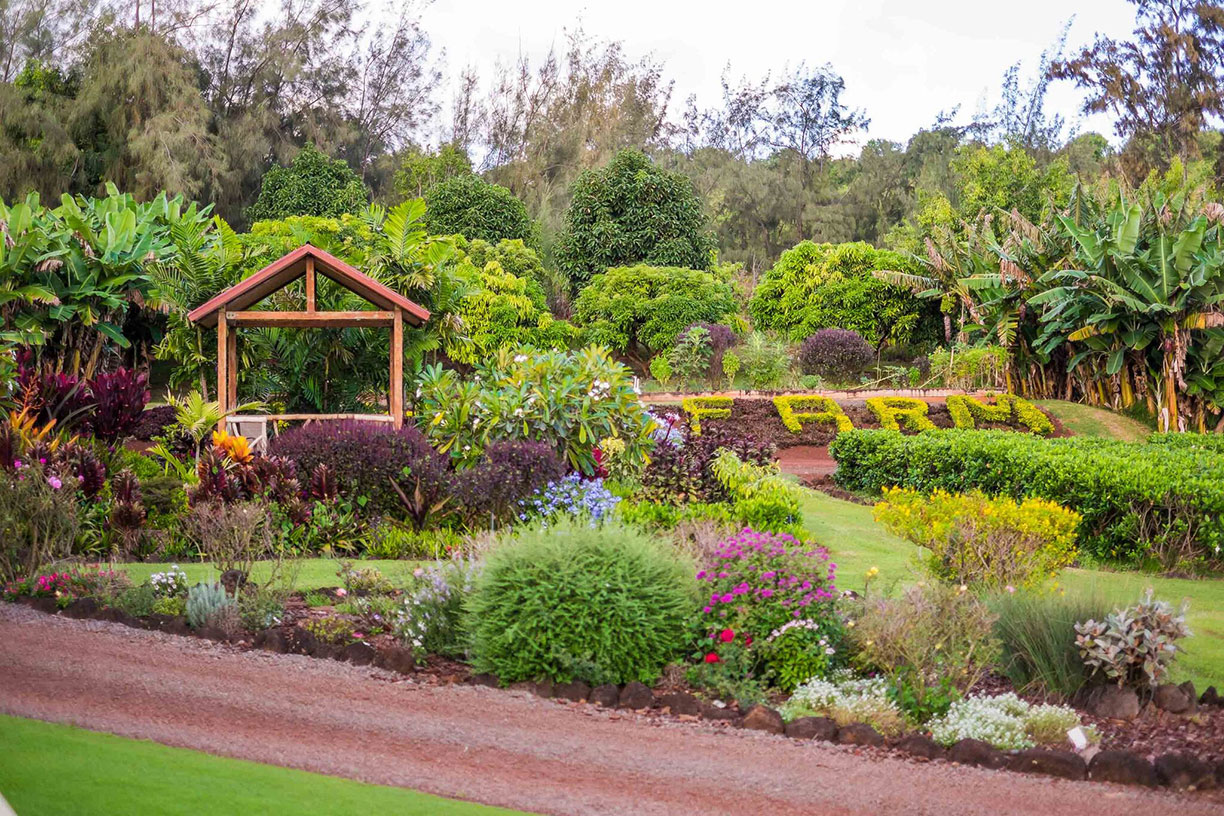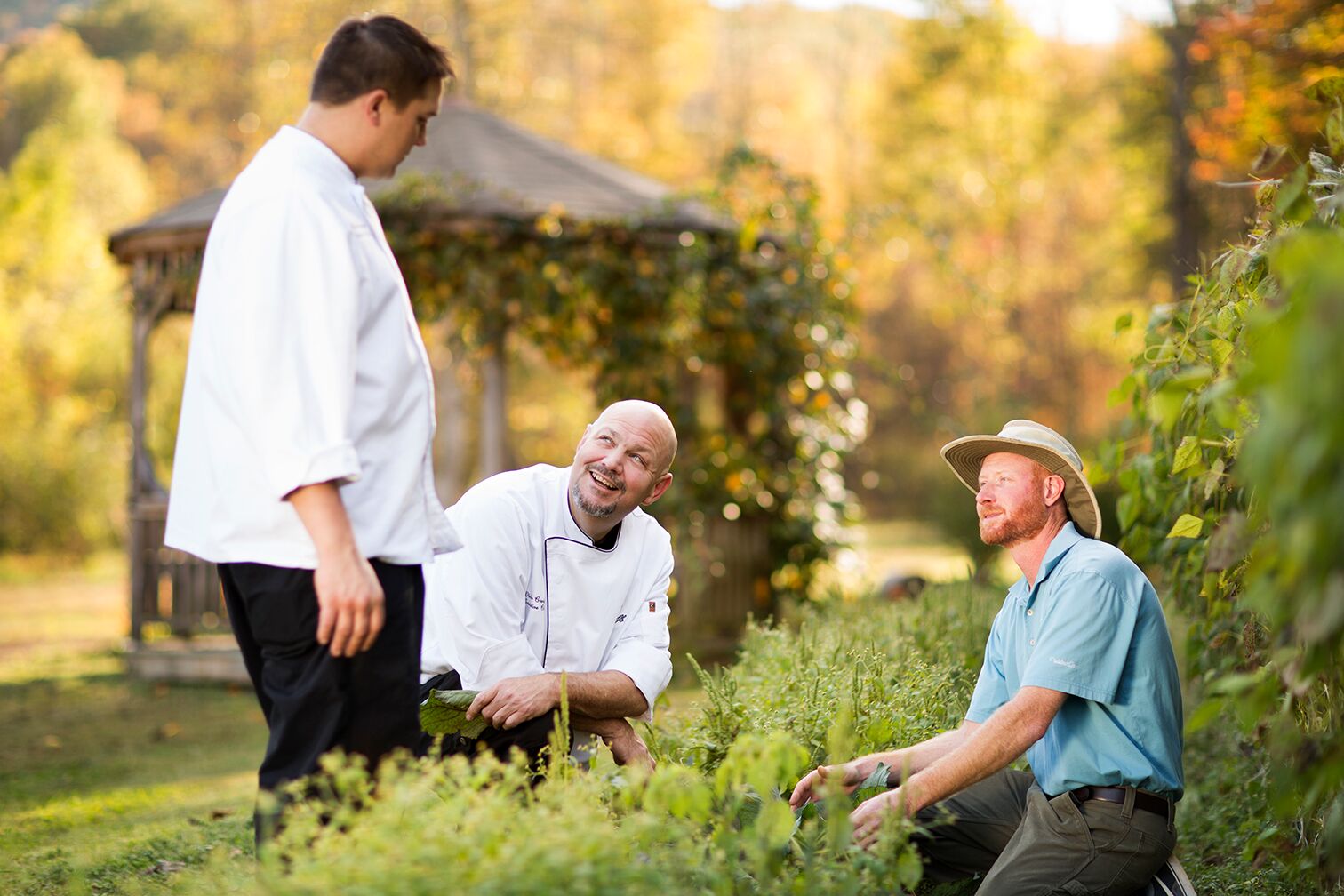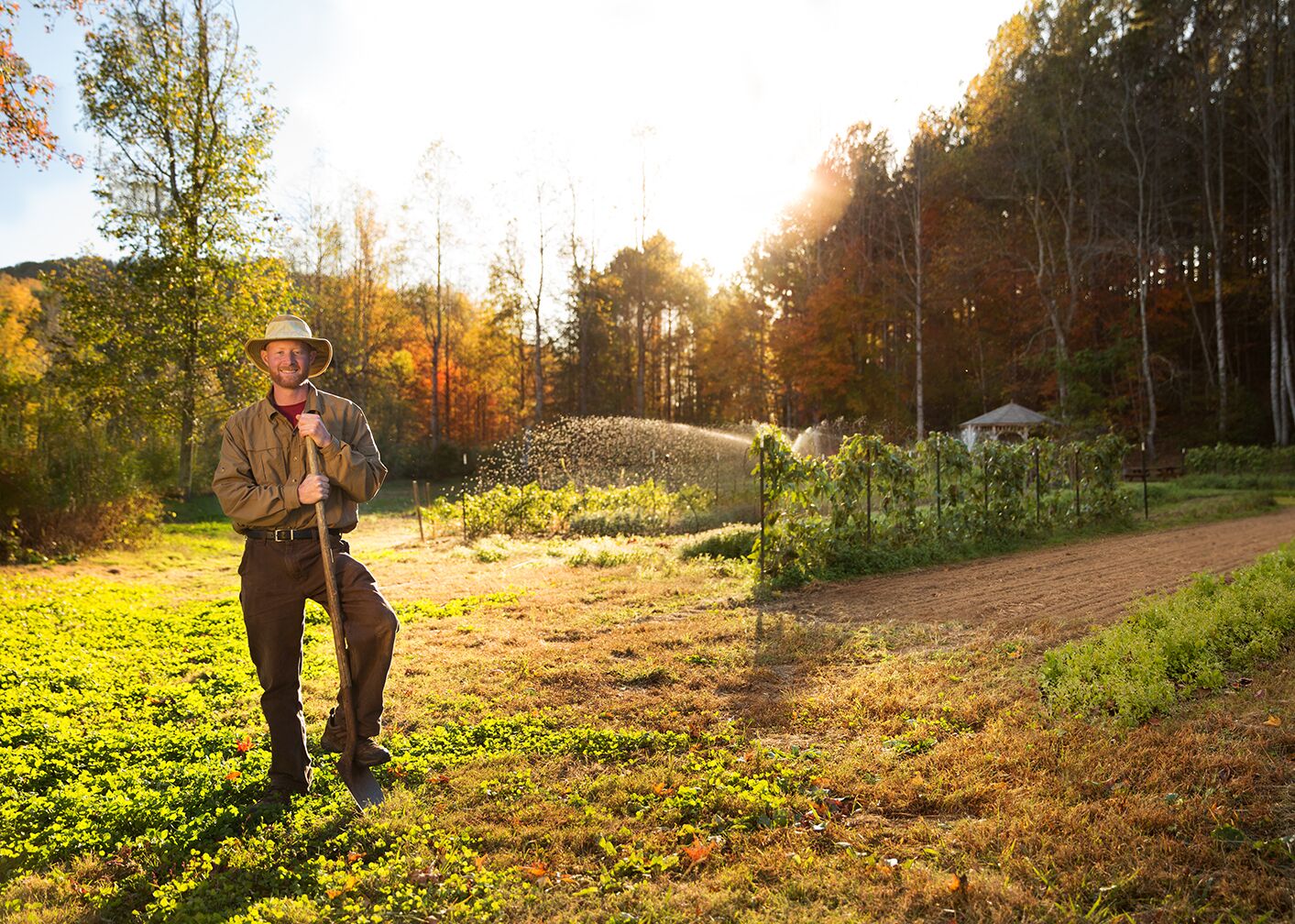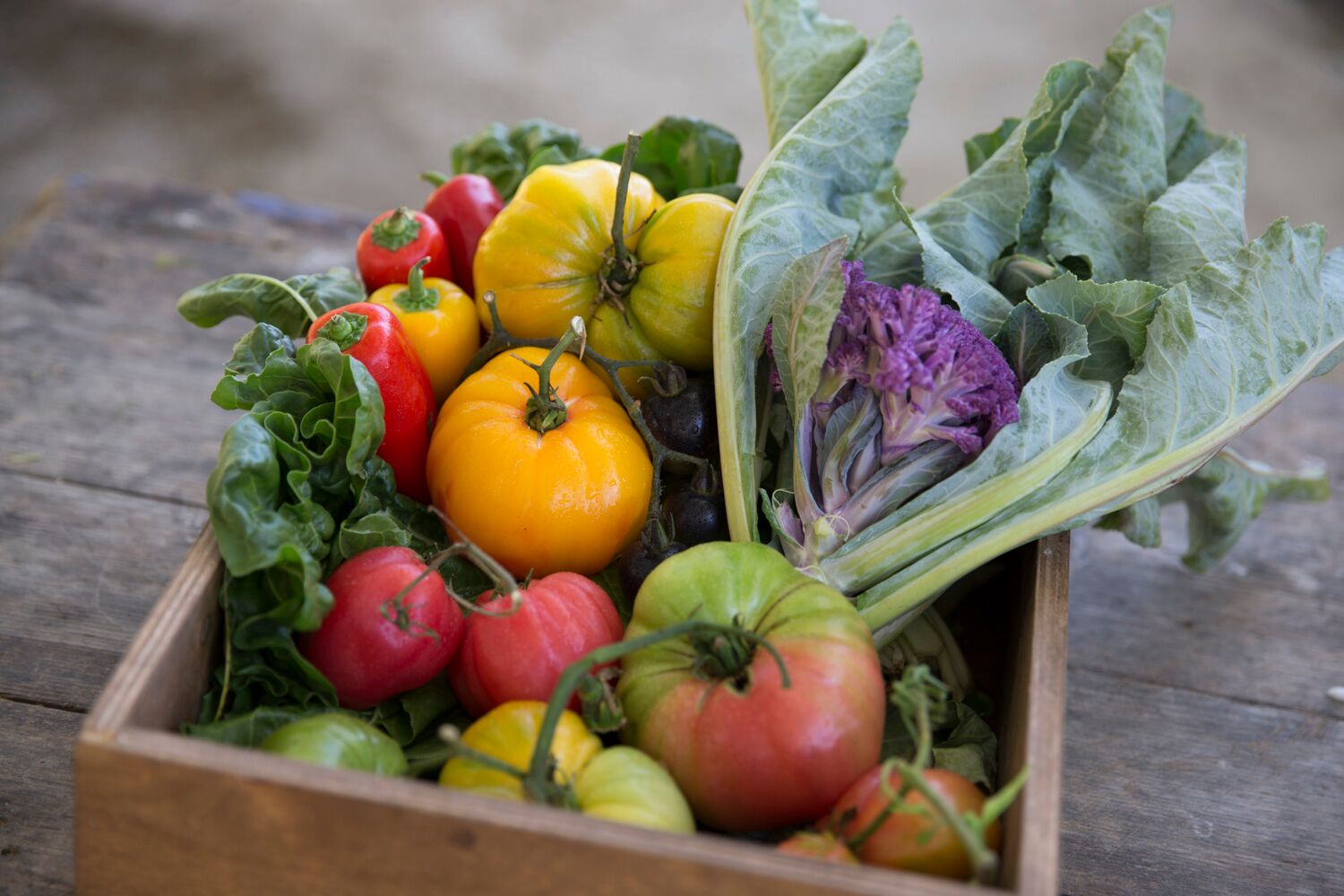One of the world’s leading Peruvian restaurants, La Mar, by renowned chef Gastón Acurio, is announced as the latest culinary addition to The Royal Atlantis Resort & Residences, set to open late 2020.
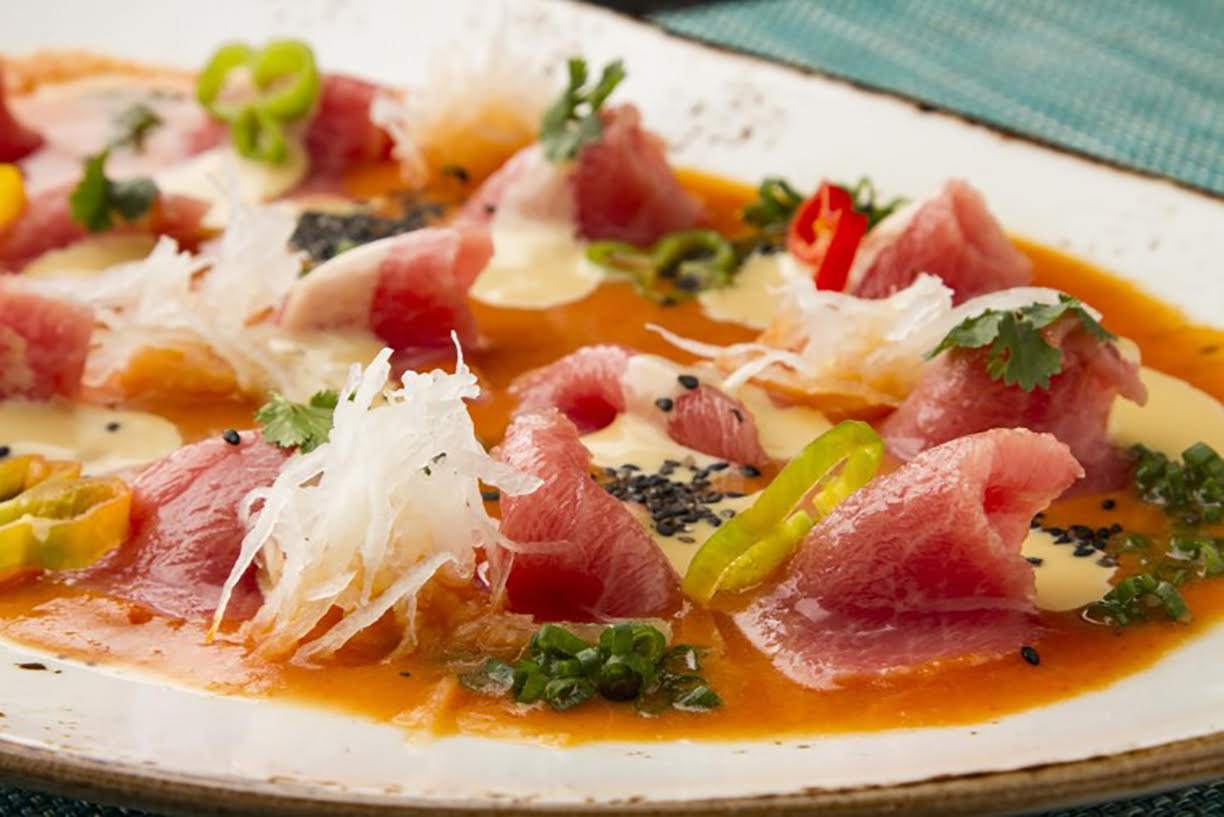
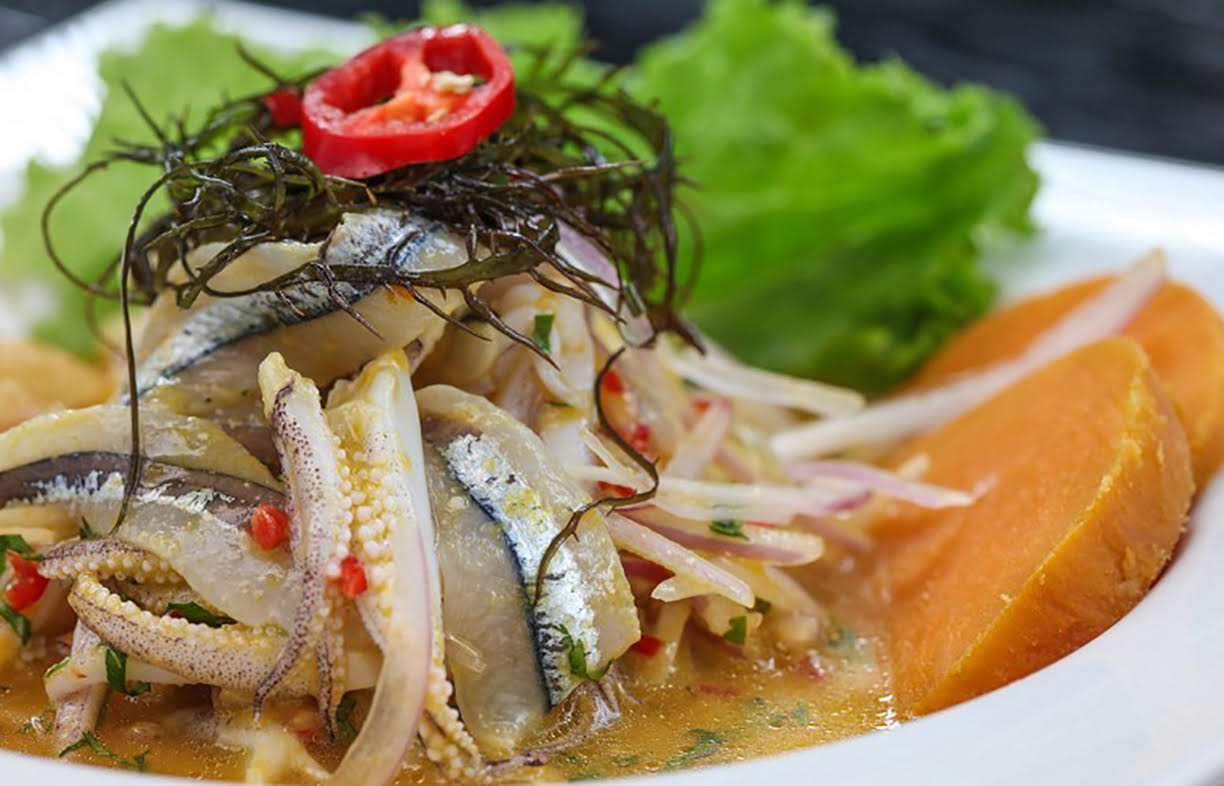
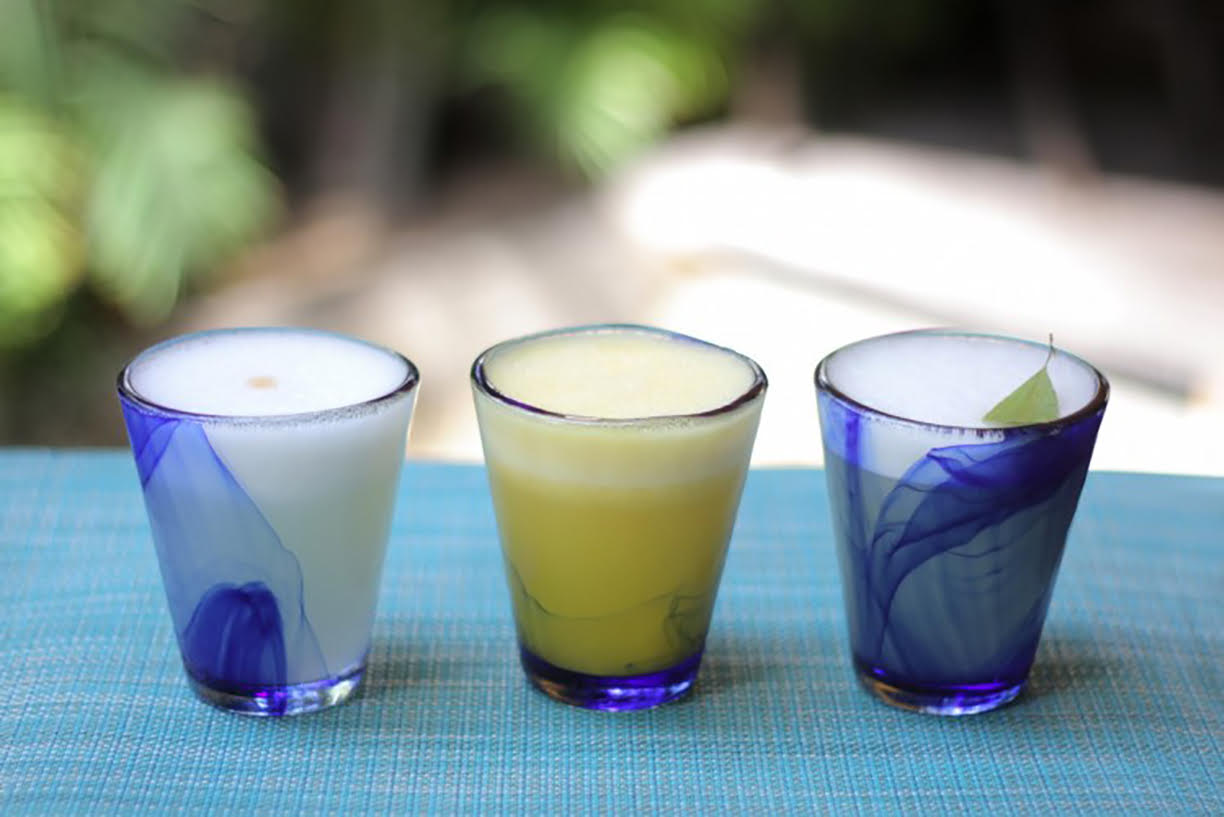
Celebrating the authentic and diverse flavors of Peruvian gastronomy, the restaurant’s contemporary design and elegant interior will provide the perfect backdrop for La Mar’s signature ceviche, freshly grilled anticuchos and pisco-led cocktails.
Renowned for his daring experiments using local ingredients, techniques and recipes, Acurio’s flagship restaurant won the No.1 spot on the inaugural Latin America’s 50 Best Restaurants list in 2013 and has held a place on The World’s 50 Best Restaurants list since 2011.
Now with over 50 restaurants worldwide, including three in America, Acurio has won the hearts and stomachs of worldwide food lovers with his unparalleled ceviche, unique Peking-style guinea pig pancake, and desserts inspired by his childhood. In 2018 Acurio was awarded The Diners Club Lifetime Achievement Award, regarded as one of the most prestigious accolades in the world of gastronomy.
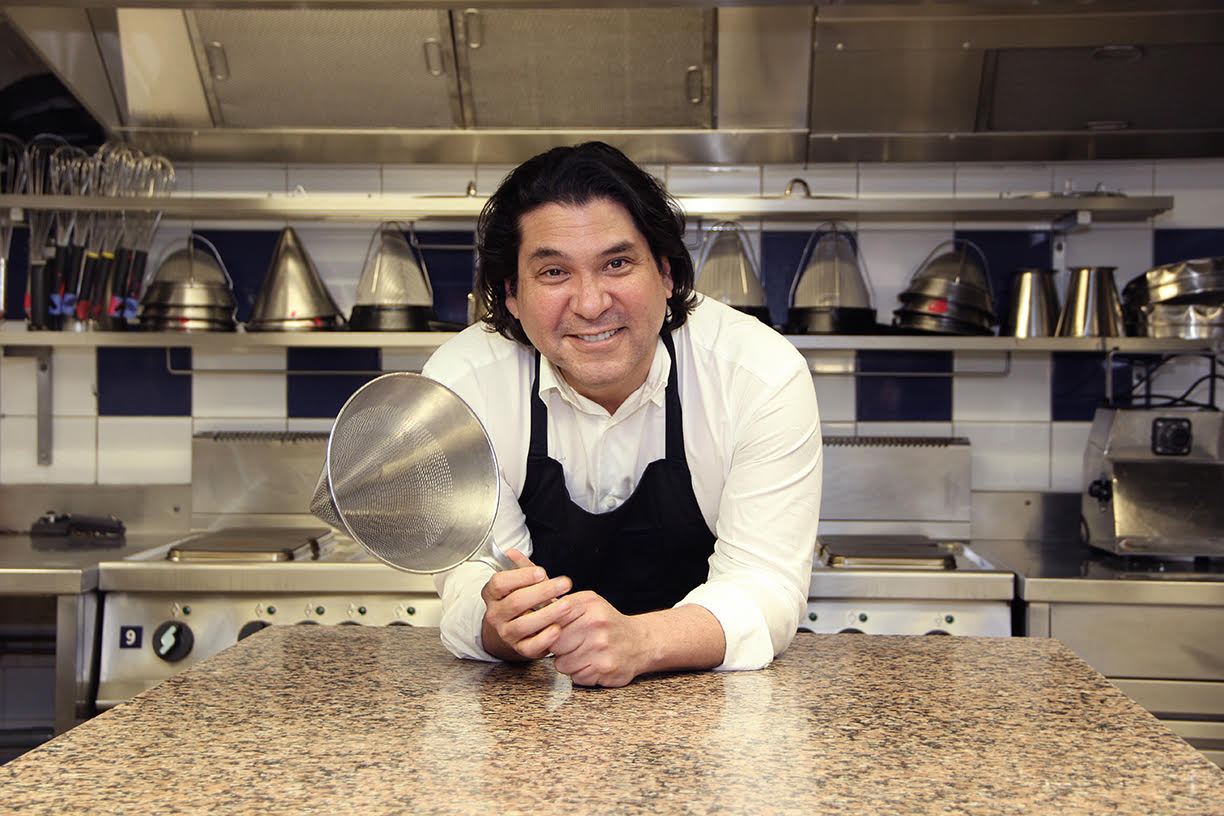
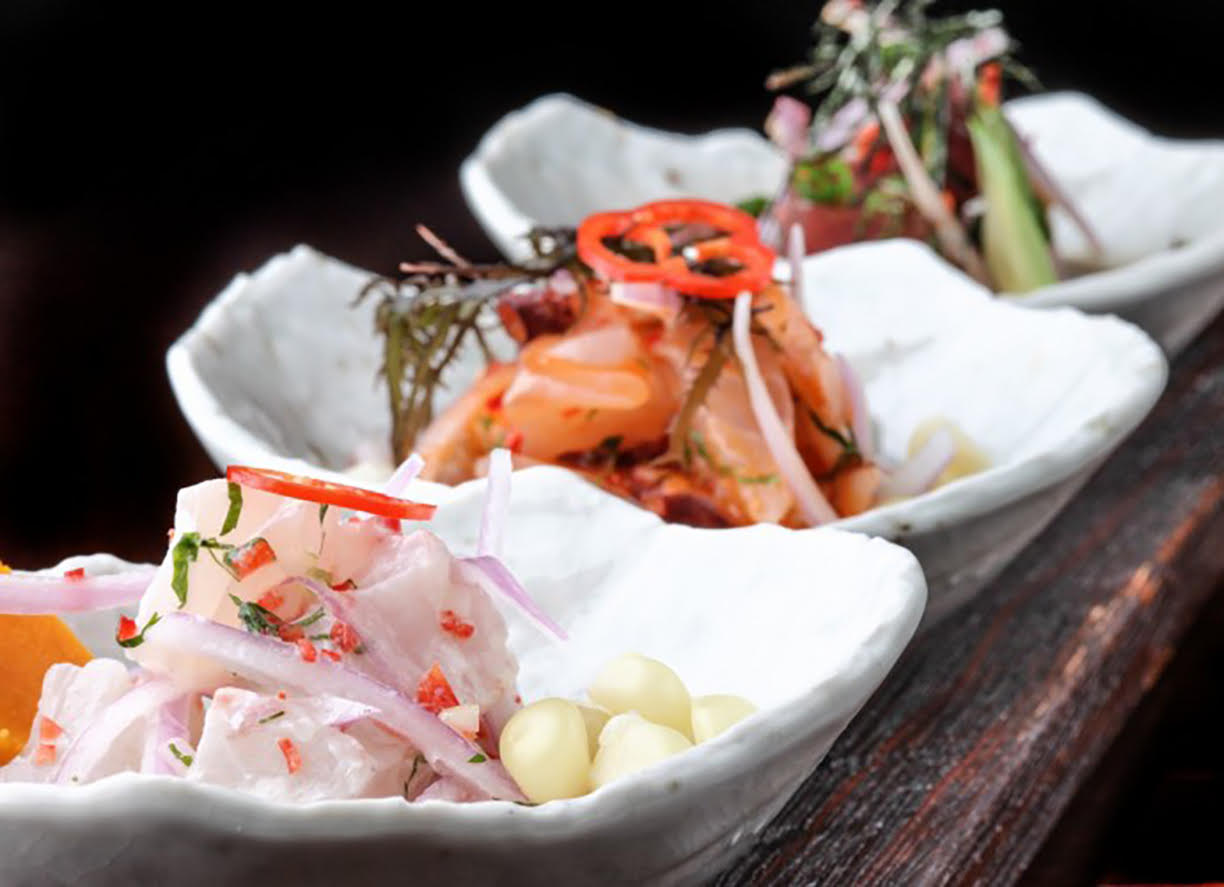
Located at mezzanine lobby level in The Royal Atlantis Resort and Residences, La Mar by Gastón Acurio will be the first traditional cebichería in Dubai, welcoming guests to an intimate space devoted to the South American tradition of ceviche and pisco sour. With a casual elegance and easy-going vibe, the signature features of La Mar will include an open kitchen, ceviche bar and an anticucho grill, where Acurio’s team of expert chefs will prepare marinated fish as well as tiraditos, causas and marinated anticucho skewers.
Inspired by the design of a ‘Fisherman’s Wharf’, guests will be greeted with a high cane ceiling upon entry with natural light spilling in from floor-to-ceiling windows overlooking the Palm Island via a large open terrace. Natural materials such as iron, cement, wood and stone complement a warm color palette of marine blues, green, sandy grey and beige evoking a sense of the ocean at every turn. Handcrafted and locally sourced tableware will emulate rock, coral, the seabed and shimmering fish scales.

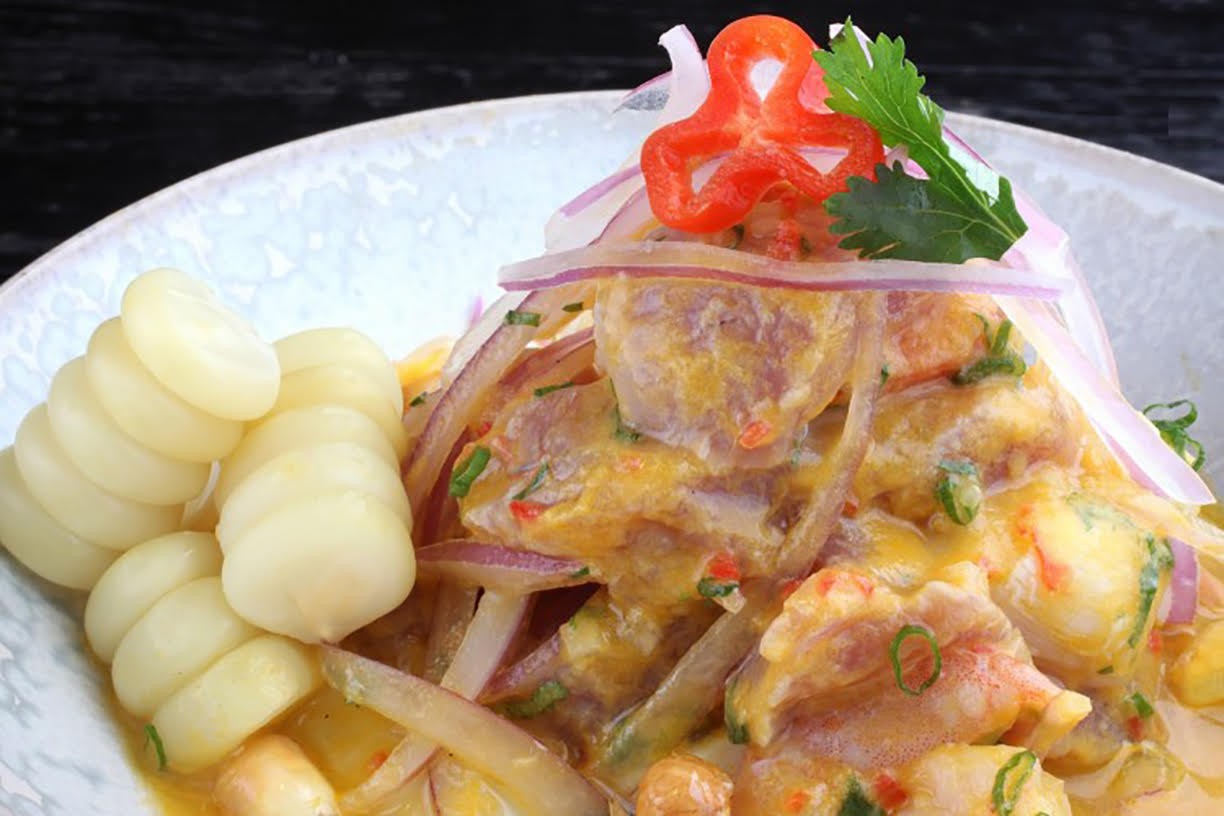
“Dubai is perhaps one of the cities with the greatest gastronomic activity in the world. The best restaurants and the most renowned chefs can be found in Dubai sharing their proposals and concepts with cosmopolitan diners who value and enjoy gastronomy as an activity that unites people and cultures.” — Gastón Acurio.
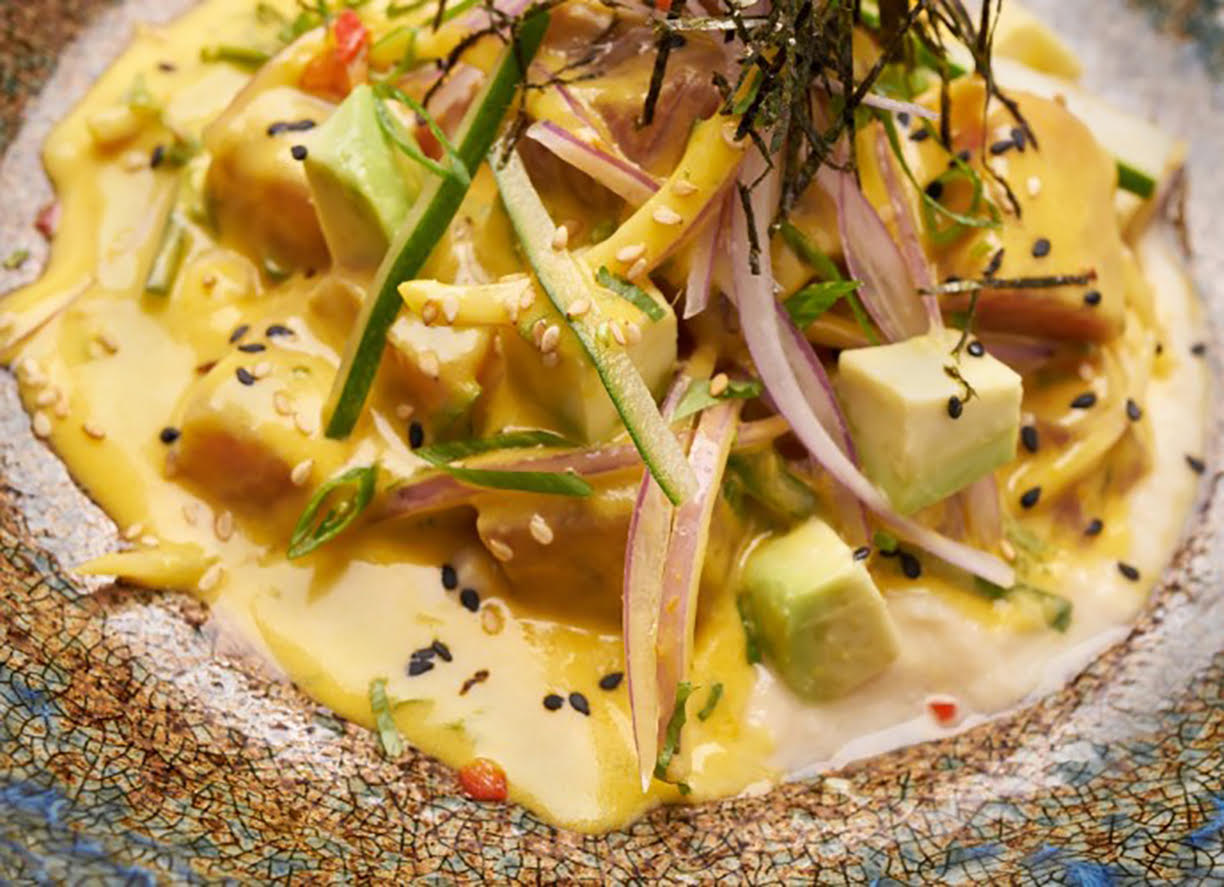
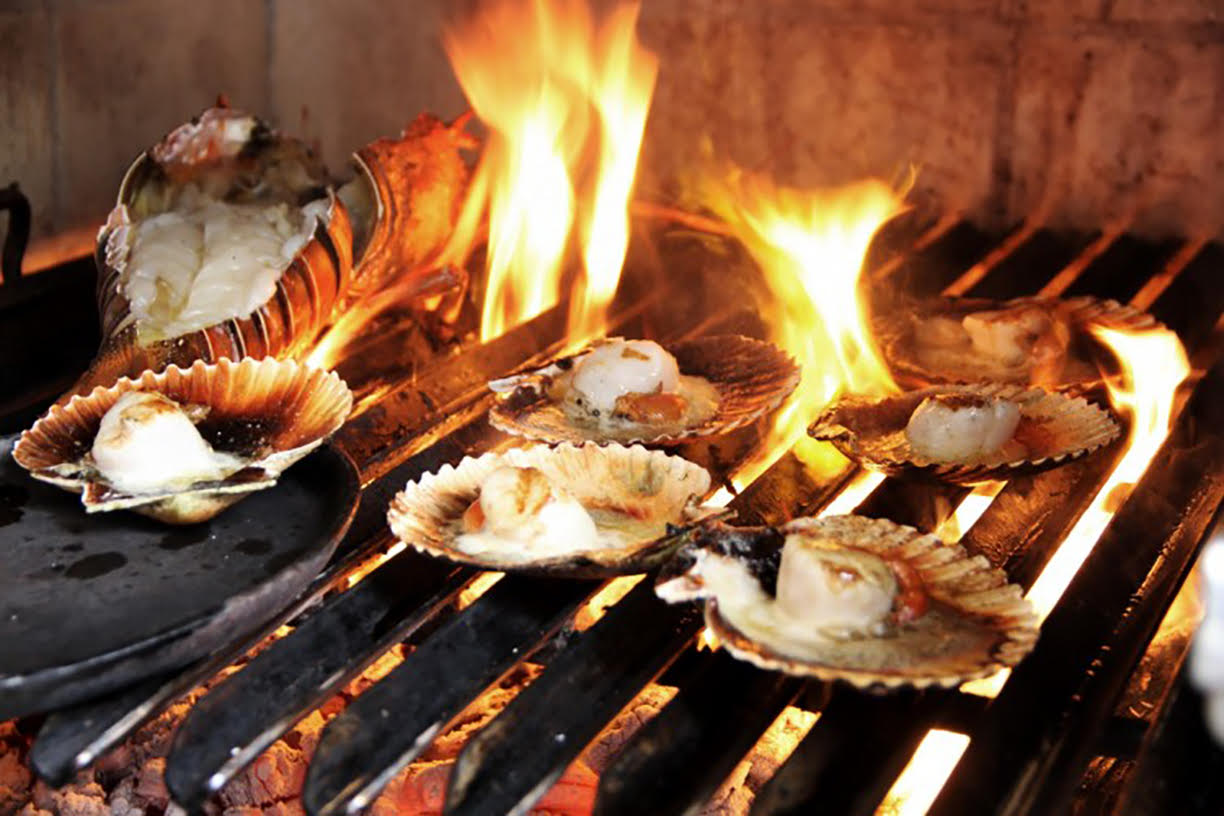
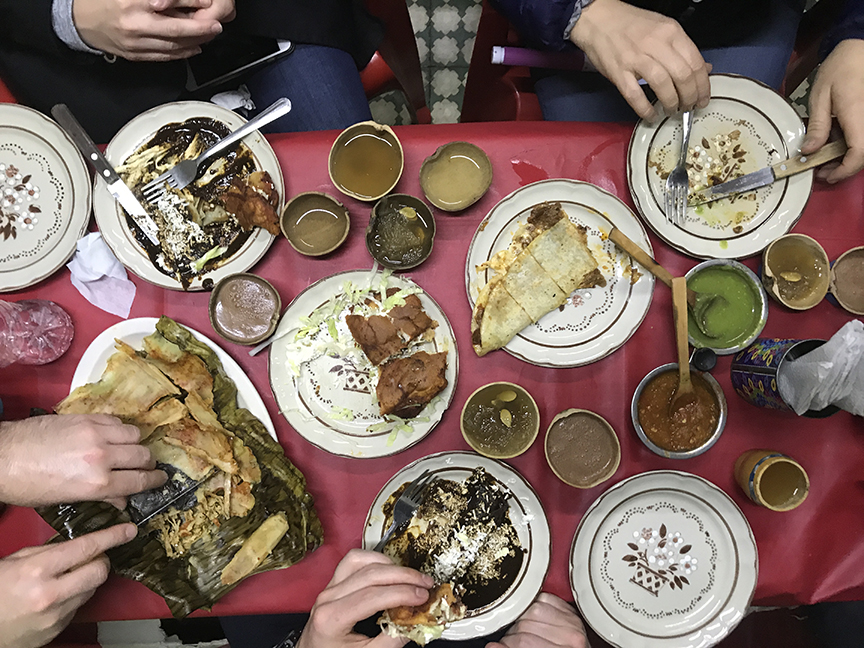
Consistently ranked among the top places to visit, Mexico City is a world capital welcoming more than 12.5 million visitors each year who come for its renowned cuisine, vibrant culture, rich history, unique neighborhoods and modern-day travel offerings. For an insider’s view of Mexico City’s food scene, Rocio Vazquez Landeta, founder of Eat Like a Local Mexico City, helps navigate travelers through the city’s neighborhoods to hidden culinary gems through her expert food tours, three of which will newly debut in 2019.
Born and raised in Mexico City, Landeta is a world traveler and food researcher, as well the owner of one of the first food blogs in Mexico, sin Mantel. After studying Mexican cuisine and culture at the Mexican Gastronomy School, she founded the company to take travelers through the streets of the vibrant Mexico City to taste, explore and connect with Mexico City’s food scene, markets, restaurants and people. “Food is an amazing tool because it is one of the few things that you can experience with all your senses. Through the food, we help travelers connect with the people behind the food. Through the food we create stories and we explain our roots and history.”
Discovering all the great places that only locals know, Eat Like a Local Mexico City’s food journeys showcase cutting-edge restaurants along with secret food stalls and street food that offer the most authentic Mexican cuisine.
The Mexico City Foodie Immersion tour covers all aspects of Mexican food. The 4.5-hour experience begins at a small coffee shop where travelers learn about the coffee culture in the city. With coffee in hand, the tour explores street food delicacies including Mixiotes, basket tacos, and rotisserie chicken. The journey continues to the subway to explore a traditional market with an array of carnitas, corn, tostadas, fruit and chorizo. Travelers then visit La Merced, the second biggest market in the city for candy tasting, pineapple juice, fish tacos and a visit to a local woman’s house for a homemade meal. The tour comes to an end at a hip, modern lounge for authentic cocktails.

For the adventurous eaters, the Street Food at Night and Hidden Neighborhoods tour explores three hidden neighborhoods in Mexico City, San Rafael, Guerrero, Santa María la Ribera, and introduces foodies to eyeball and brains tacos. For the conservative eaters, enjoy al pastor or brisket tacos. Mole is the highlight of this tour and the group will eat traditional homemade black and yellow moles; taste mezcal, tejate, tepache, and other traditional Mexican drinks; and eat birria, chiles rellenos and churros. Finish the evening tour walking around the historic center and learn about Aztec legends while visiting the famous tile house.
However authentic the experiences are, Landeta’s passion for these tours extends further than the plate. “The food in Mexico City is of course is amazing, but our tours are more about getting to know the people behind the food,” she says, from hanging out with the locals, being hugged by the kids at the market and more. “Everybody says that they absolutely love the food, but what makes Eat Like a Local special is the people working with us — the guides, the vendors, the kids and the chefs.”
Eat Like a Local Mexico City is also the only Mexican-founded food tour agency that actively promotes economic growth and creates opportunities for families within the traditional markets. All of Eat Like a Local’s food tours support the local community. For example, the Mexico City Foodie Immersion tour supports the 80 IQ program, a program where 12 children at the La Merced Market learn English, receive monthly mentorship, participate in recreational activities and also, work as guides during the weekends. The Mexican Wine and Pulque Journey supports single mothers from La Merced Market through lending business advice and exposure, participation in pop-up events and mentorship. The Street Food at Night and Hidden Neighborhoods tour donates food and meals to homeless people as well.
In the end, everything comes back to the heart and home for Landeta. “Every dish has a soul, each cook creates dishes with his hands but also with his heart. Eat Like a Local creates a love affair with the food, but also with the people,” she says.
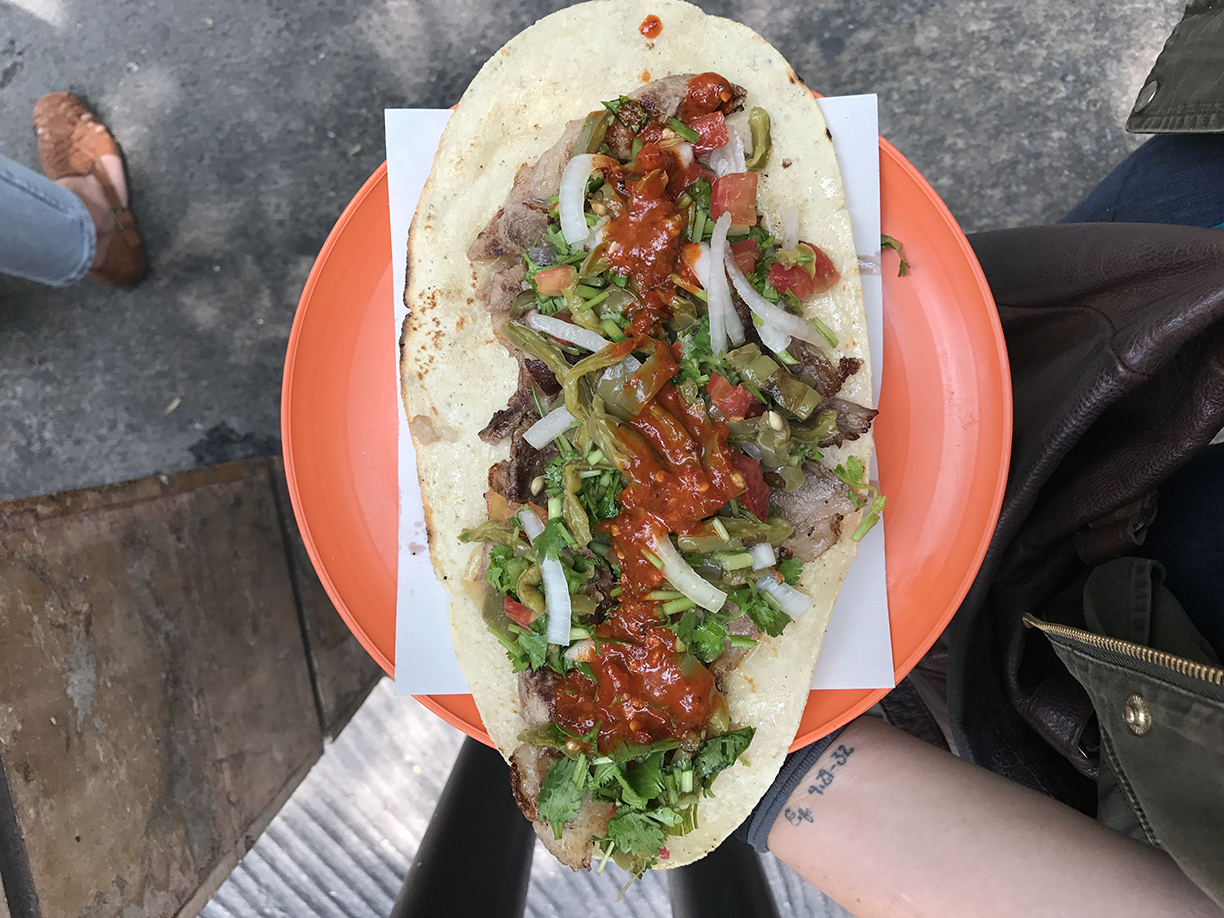
The Mexican Wine and Pulque Journey is hosted by Sara Garza, a sociologist who grew up in the Roma neighborhood. Guests explore Garza’s favorite spots including the traditional places she grew up eating at, as well as new, trendy hotspots. Starting at Eno, Enrique Olvera´s famous deli, taste green pozole, pastor tacos, Mexican-Argentinian tacos and more. Travelers will learn about Pulque, the pre-Hispanic drink made from the agave plant. End the afternoon at a winemaker´s shop where the group tastes four different Mexican wines paired with Mexican craft cheese. The tour unveils the hidden history behind the wineries and guests will learn about the Mexican wine world with an expert.
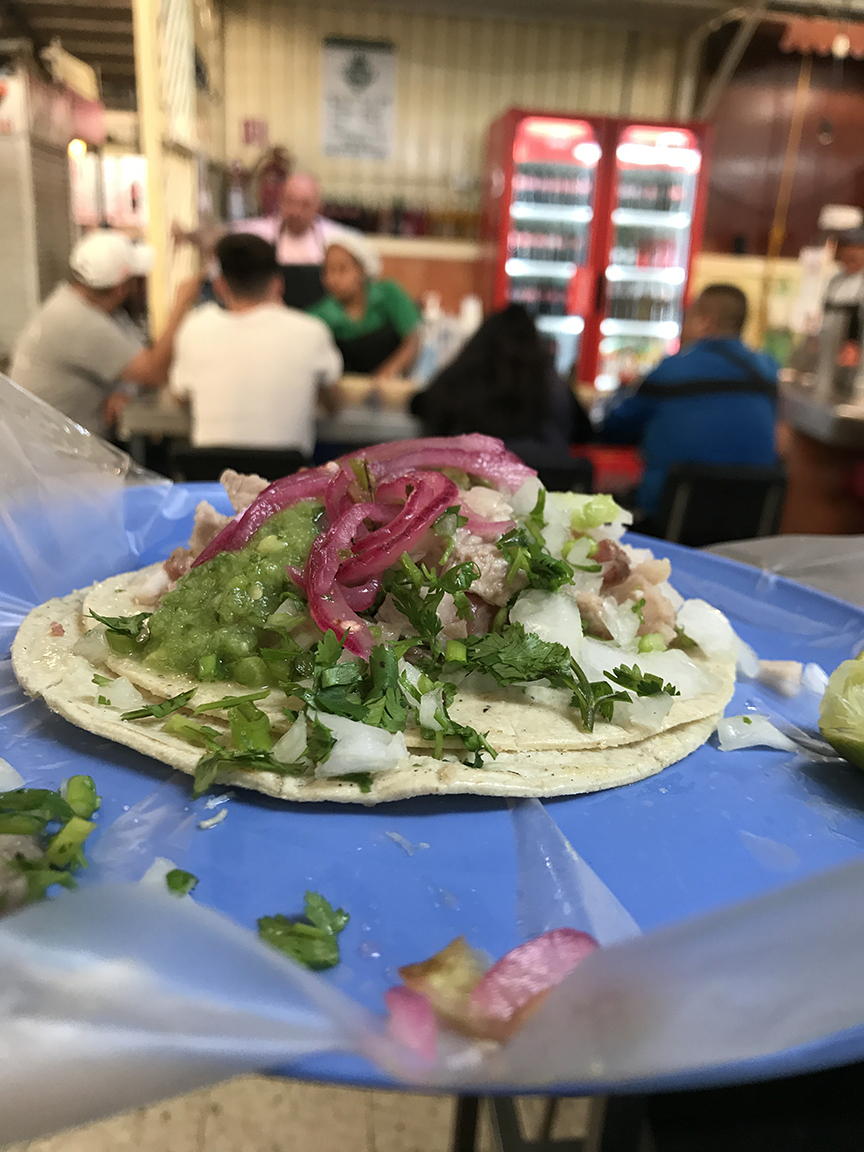
All photos courtesy Eat Like a Local Mexico City.
Leading experience agency GR8 hosts the second annual, once-in-a-lifetime culinary experience “Once Upon A Kitchen,” featuring unique creations from the world’s top chefs.
For the first time ever, four culinary masters — Massimo Bottura, Joan Roca, Mauro Colagreco, and Christina Tosi — came together under one roof to curate an exceptional multi-course dinner. Often inspired by the world’s artwork, people and history, each chef showcased original culinary creations on the evening of December 5, at New York City’s Gotham Hall. Unique Homes was honored to attend.
Whether it was the beetroot cooked in salt crust, spin-painted veal, or deconstructed apple pie, those who attended this exclusive gastronomic experience savored inspired dishes while indulging in exclusive wine.
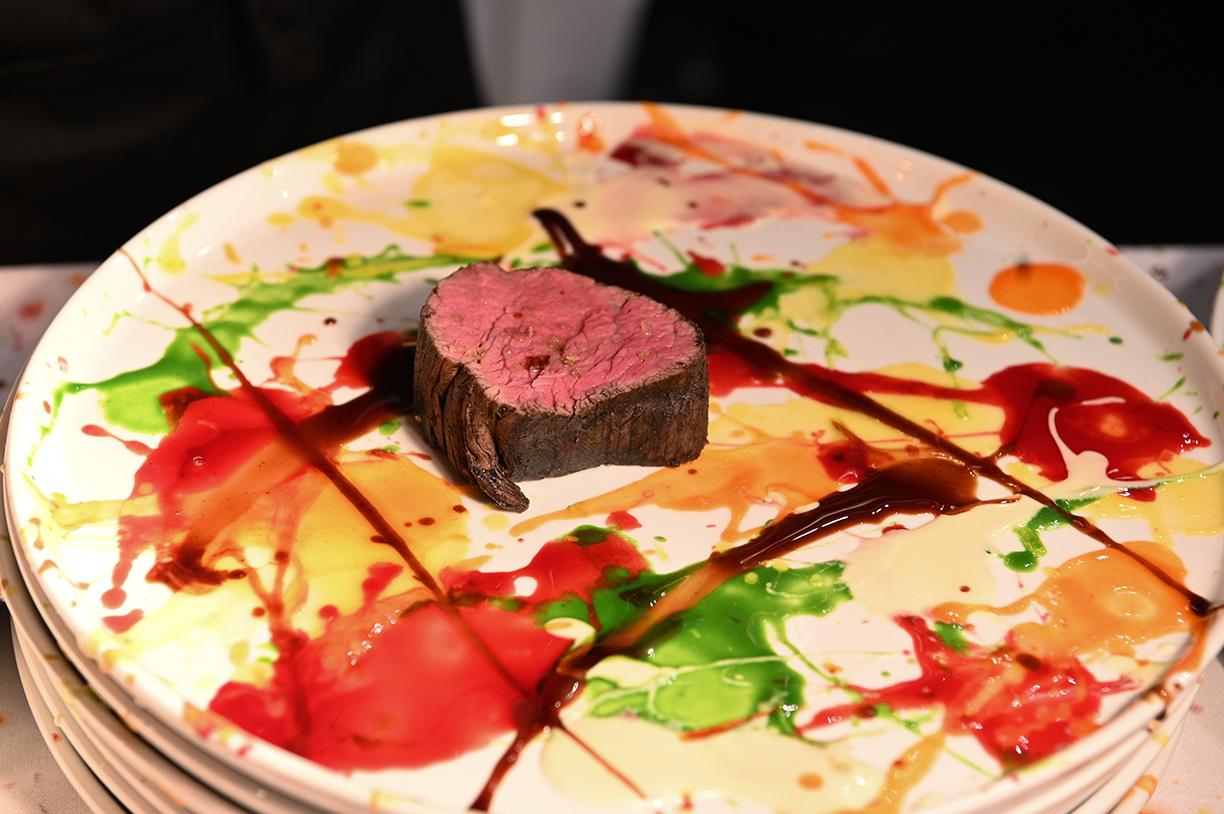
“Psychedelic Spin-Painted Veil” by Massimo Bottura
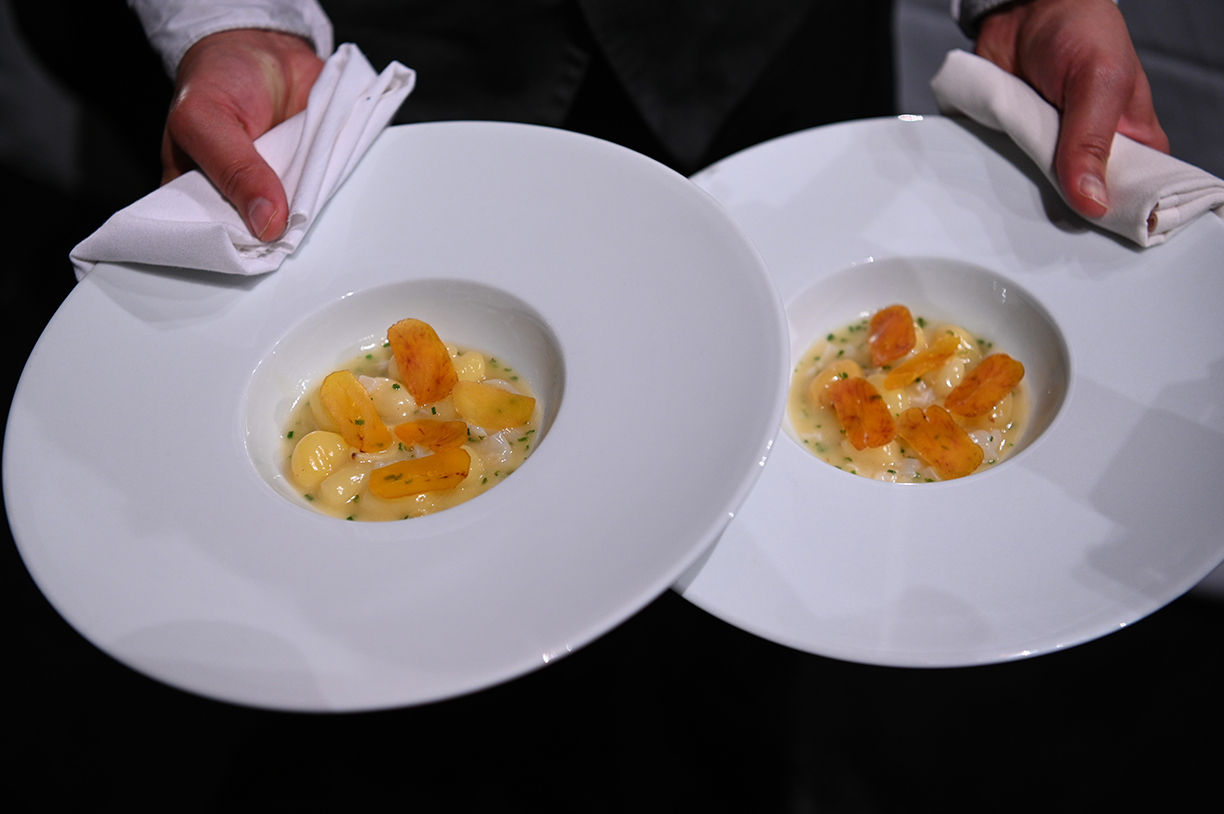
Ragout of Baby Potatoes.
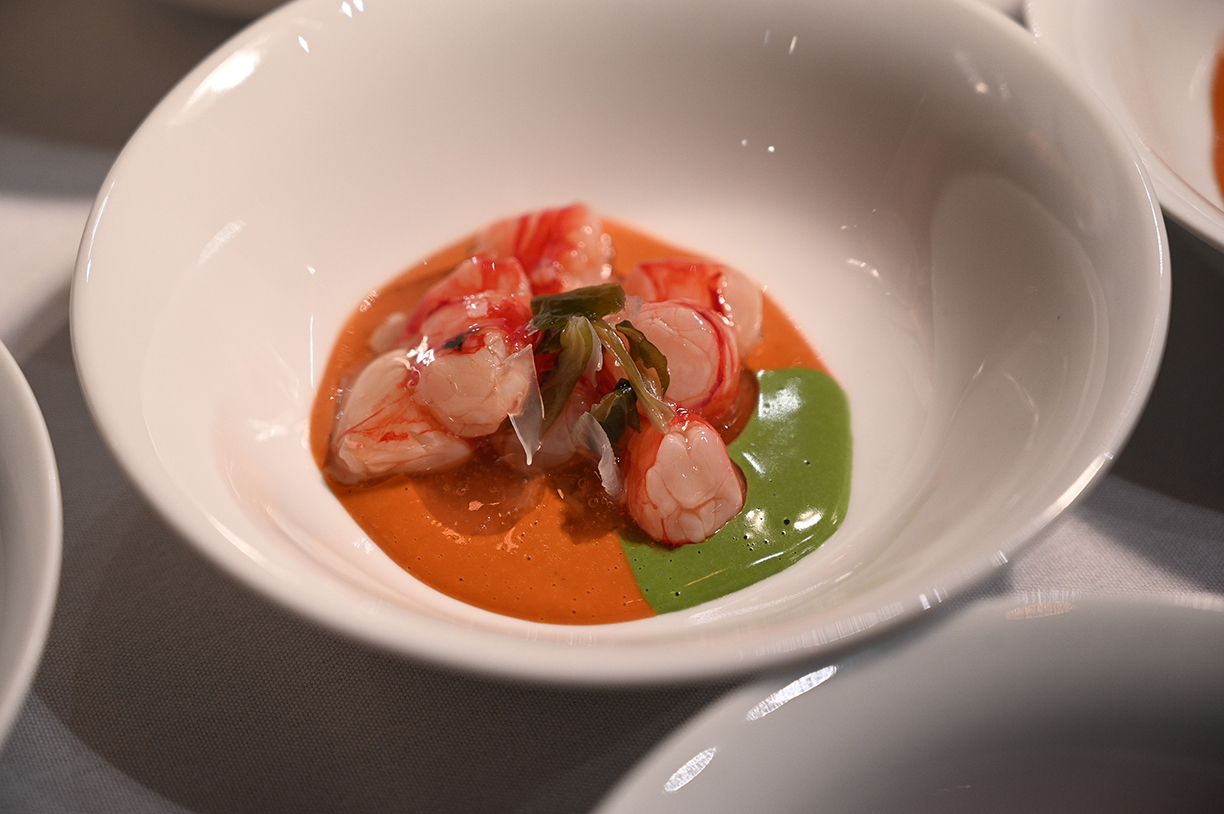
Prawn Marinated with Rice Vinegar
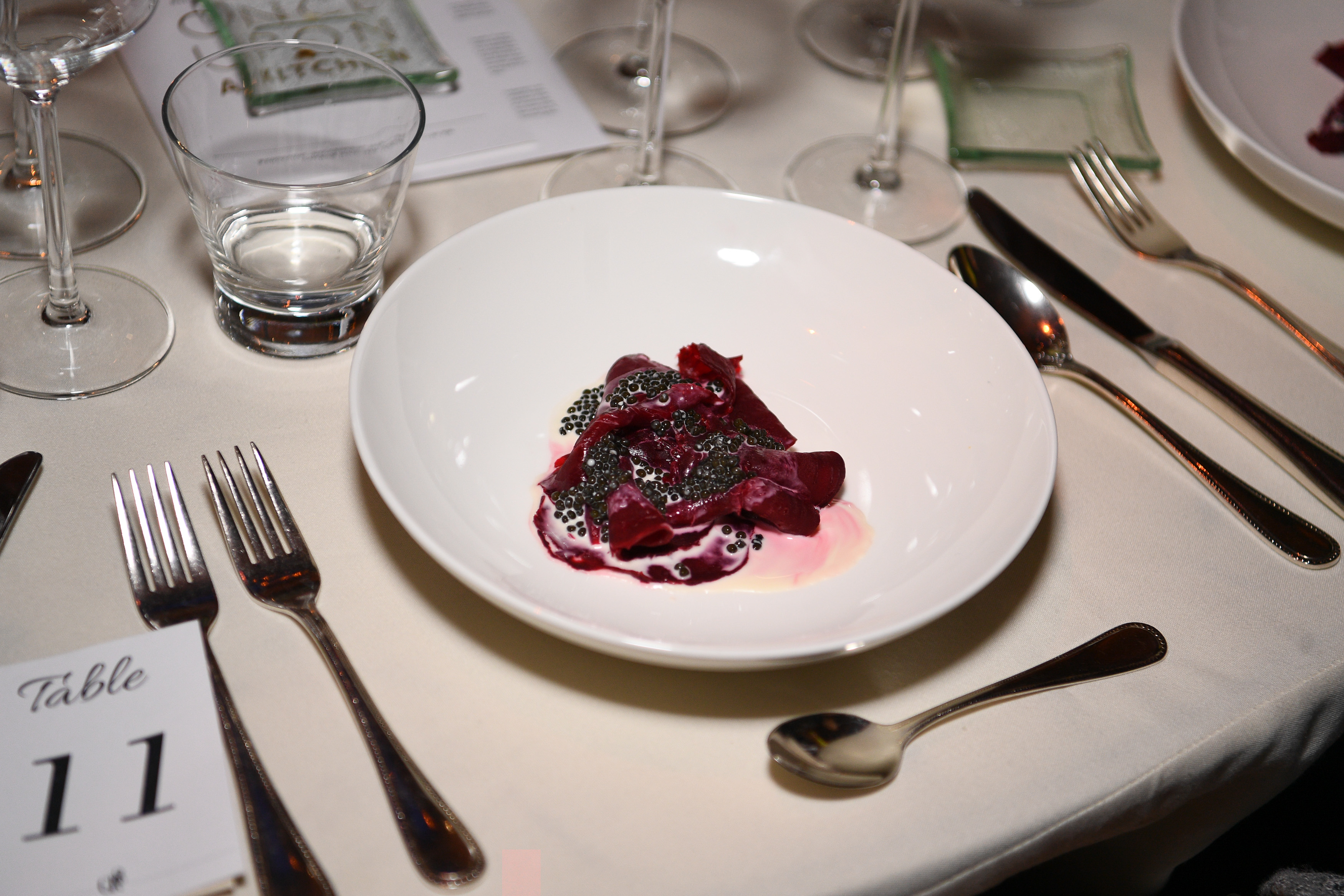
Beetroot Cooked in Salt Crust

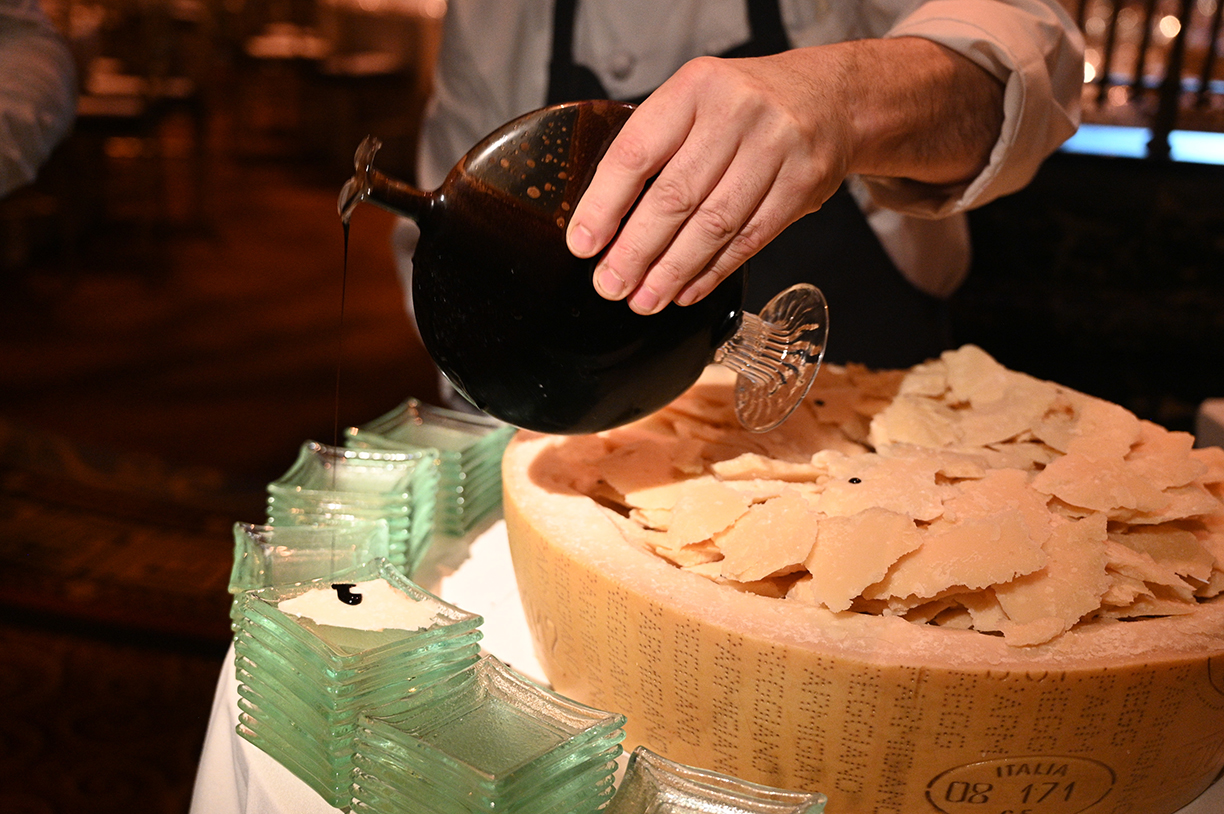
The evening commenced with the Eureka Experience, a private wine tasting with world-renowned winemaker Roberto Cipresso. Attendees were presented with two exquisite wines coinciding with stories from two iconic regions of Italy, Tuscany and Lazio.
Guests were then welcomed to a cocktail reception, which highlighted three unique wines and one signature cocktail paired with hors d’oeuvre creations from each chef.
Massimo Bottura presented a 30-month selection of Parmigiano Reggiano with extra aged balsamic vinegar, along with Mauro Colagreco’s Jerusalem artichoke tartelettes with black trumpets and melanosporum truffle and Joan Roca’s Steamed Truffle Brioche.
Following the hors d’oeuvres, attendees were seated and addressed by CEO of GR8, Barnabas Carrega, and award-winning creator and host of The Sporkful podcast, Dan Pashman.
Pashman was the official host of the evening, presenting the chefs and each of their exclusive dishes. Serenaded by an accompanying pianist, guests watched as the chefs prepared, cooked and plated seven courses in total — each accompanied by a hand-selected wine.
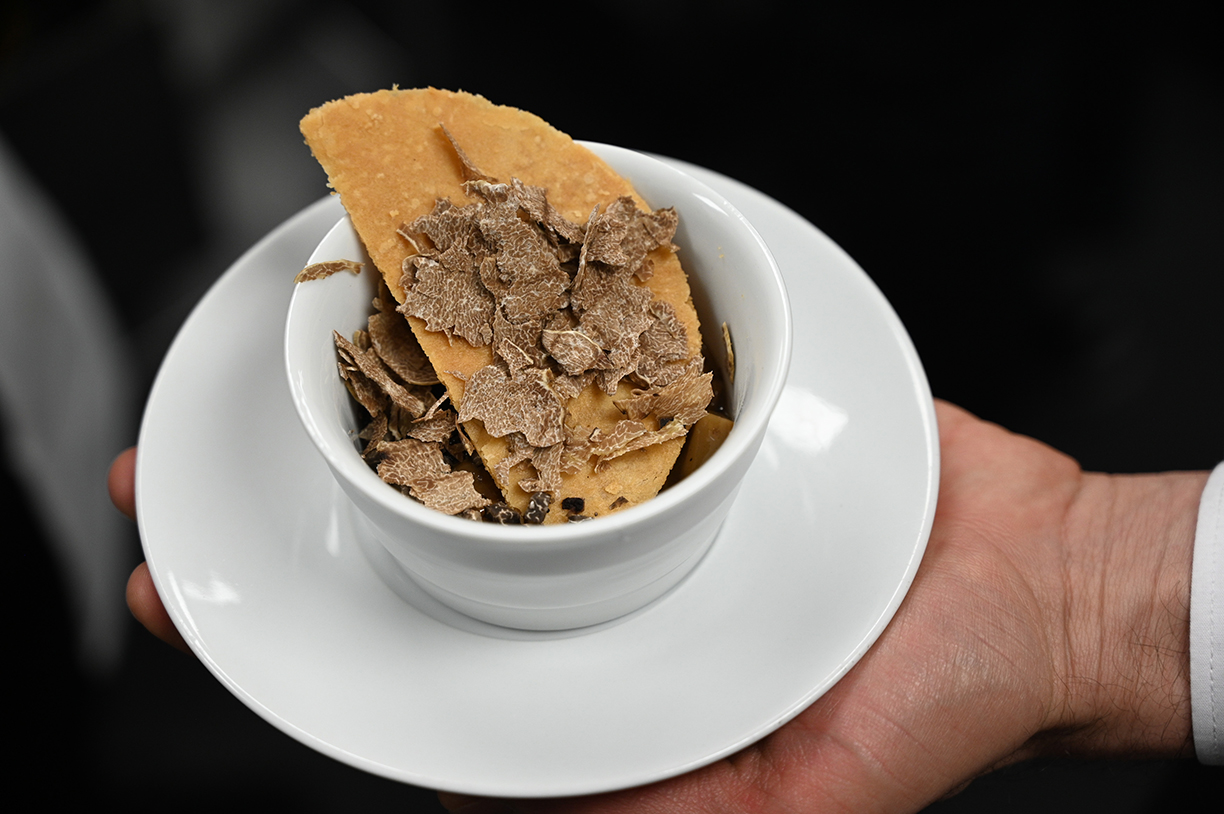
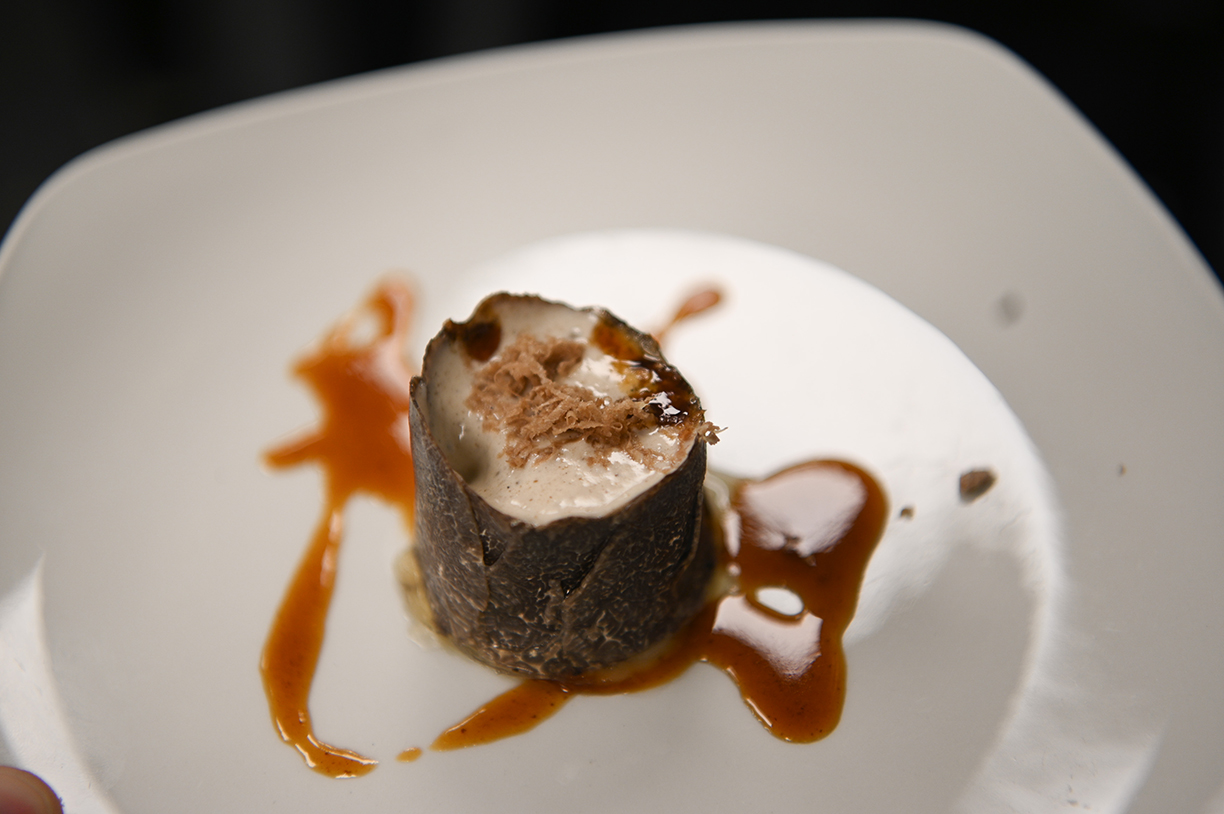
Left: “Never Stop Planting” by Massimo Bottura
Above: Truffle Soufflé with Veal Oyster Blade by Joan Roca
Some culinary highlights of the evening came from Osteria Francescana’s Massimo Bottura who presented a “Never Stop Planting” dish paying tribute to Joseph Beuys’ infamous installation planting oak trees and granite columns throughout far reaching locations.
The dish was a foie gras custard served with seasonal woodland flavors from truffles to mushrooms in a mineral broth. Bottura also presented guests with “Psychedelic Spin-Painted Veil.” The meat was marinated in milk, brushed with vegetable charcoal and dressed with creamy potatoes, puree of orange and yellow peppers, a red beet reduction and extra old Villa Manodori Artigianale balsamic vinegar from Modena.
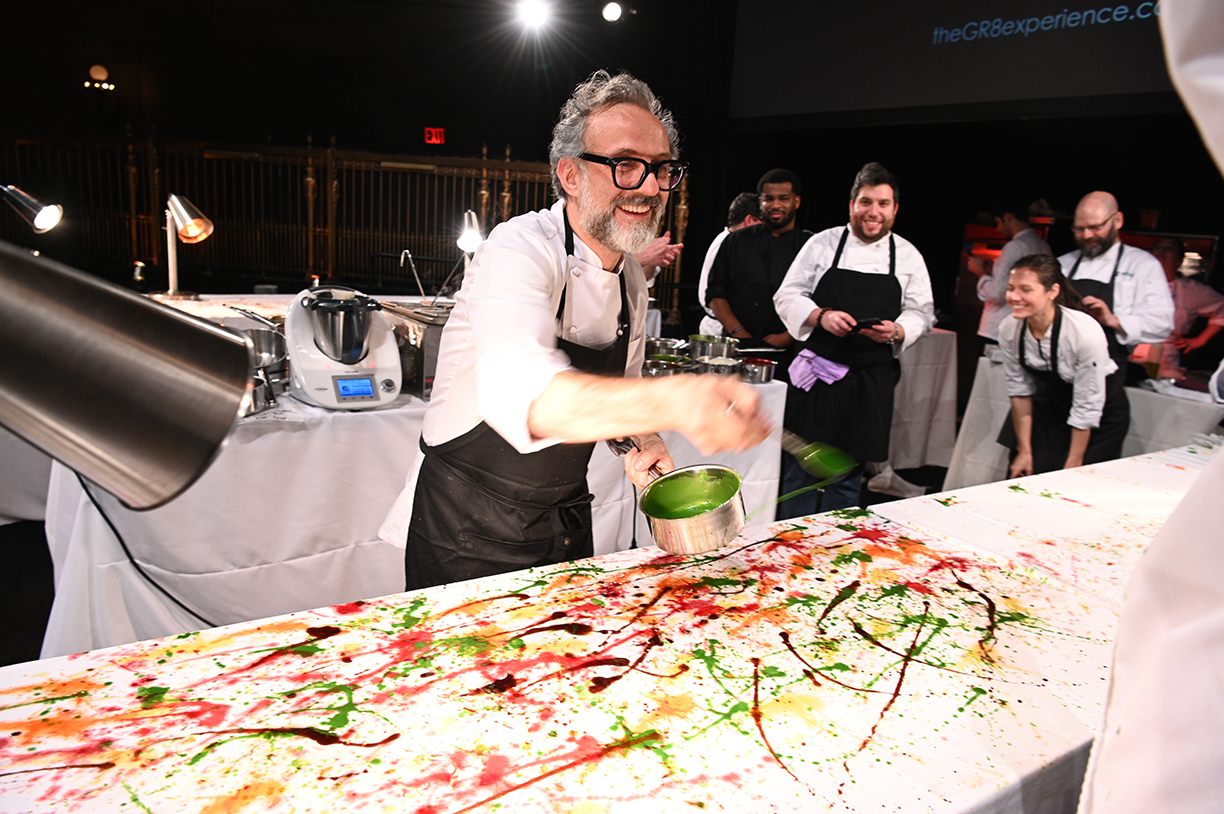
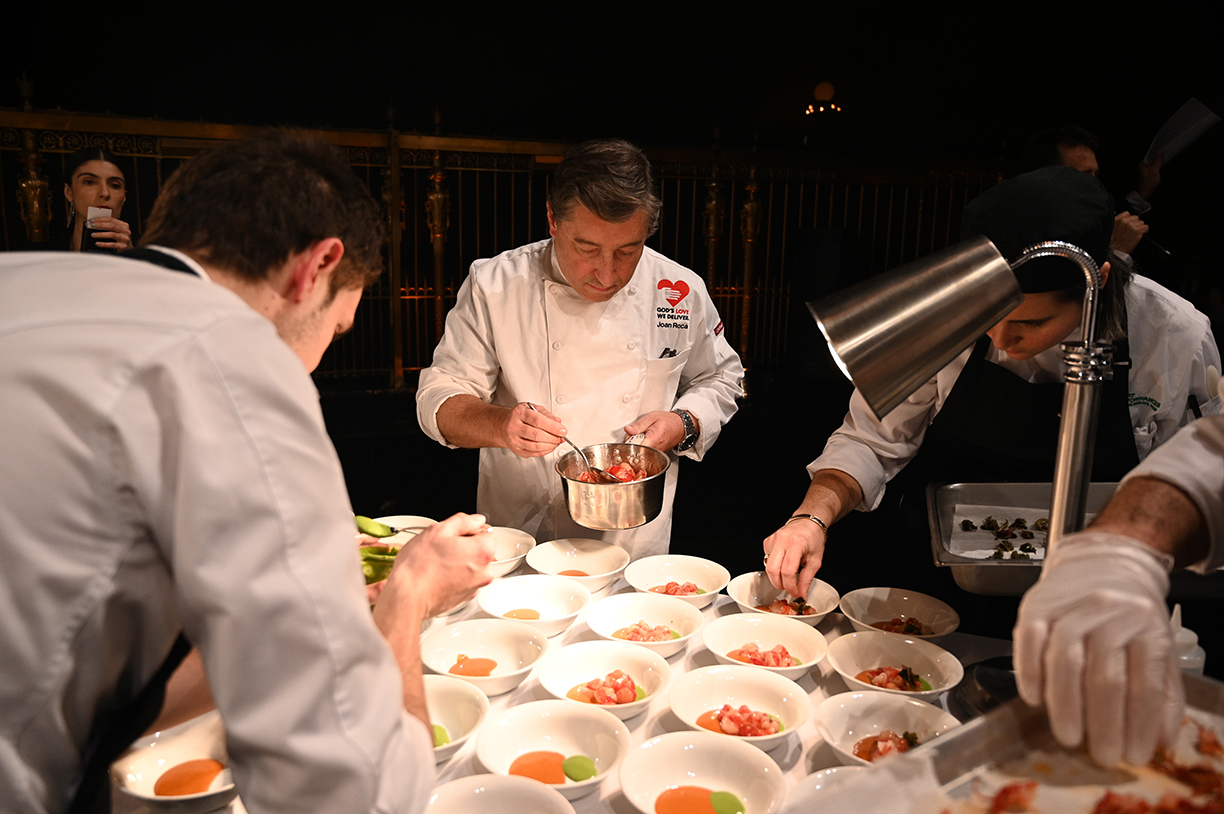
Joan Roca’s exquisite cuisine featured prawn marinated with rice vinegar, drawing inspiration from Salvador Dalí’s “The Persistence of Memory.” Roca also presented a truffle soufflé with veal oyster blade inspired by Gaudi’s modernist architecture and the “Melting Watches” of Dalí’s famous painting, “The Persistence of Time.”

Mauro Colagreco showcased his undeniable talents through a “Crapaudine” Beetroot cooked in salt crust, finished with a “Ossetra” Caviar Sauce inspired by the agricultural knowledge of producer, Annie Bertin from the small town, Vende, in northwestern France.

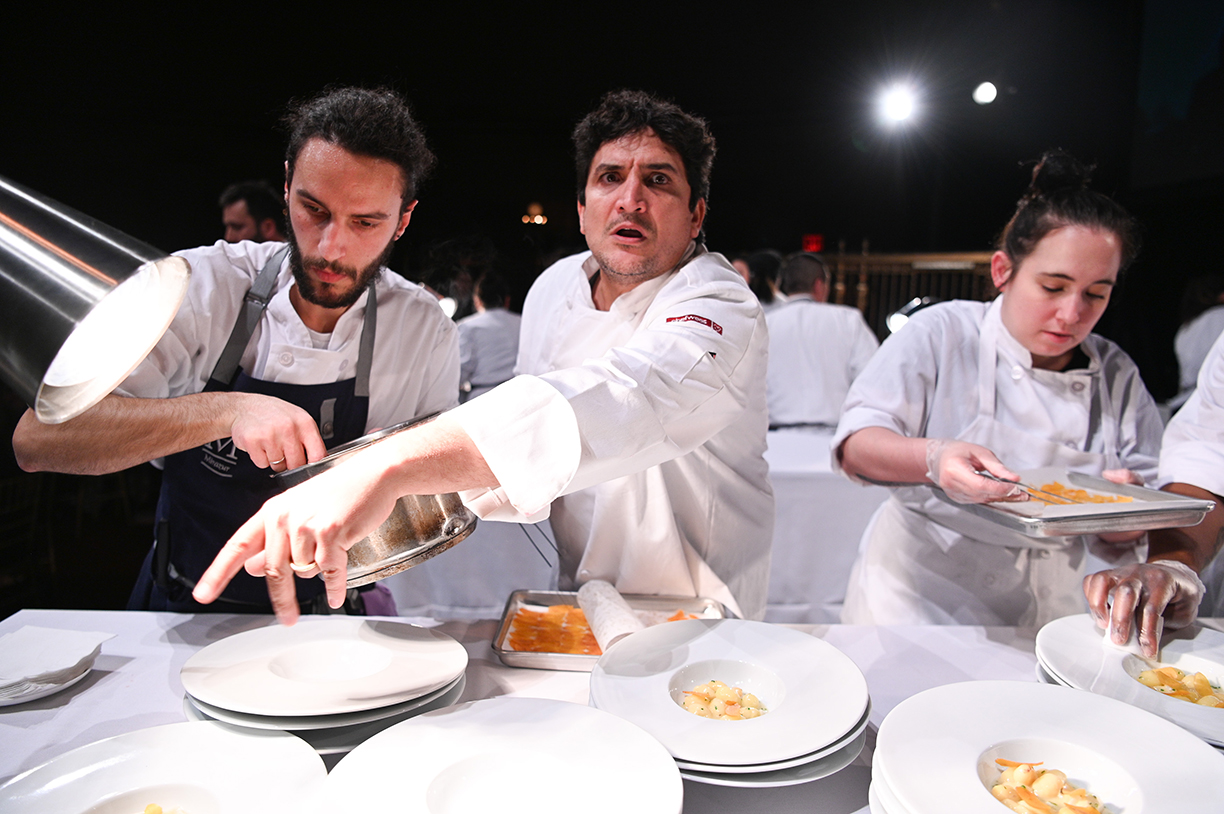
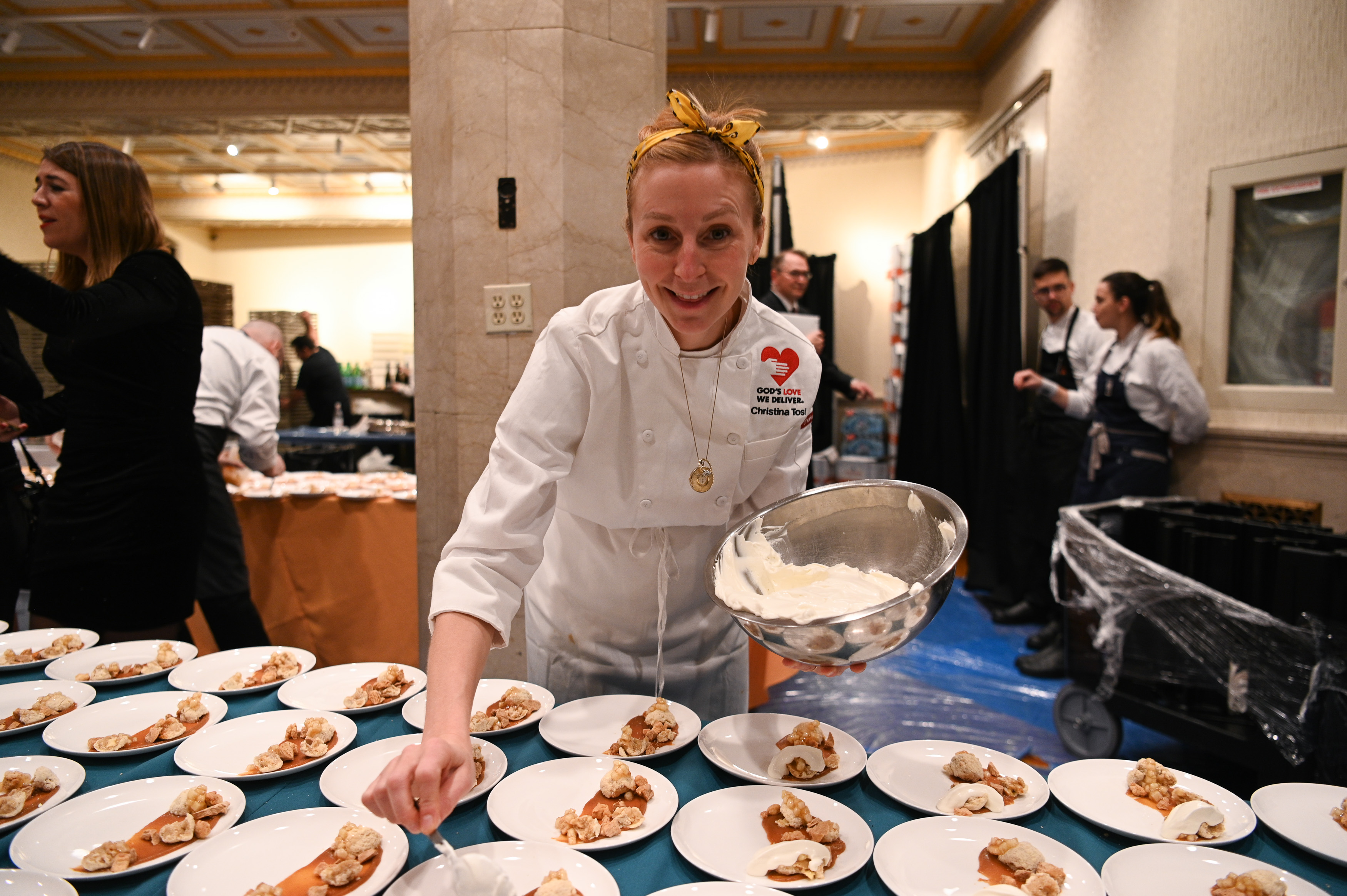
Guests were then treated by the creative mastermind and classically trained pastry chef Christina Tosi, founder and CEO of Milk Bar, whom presented an exclusive “Apple Pie-ish” dessert topped with a miso butterscotch, brown butter and sour whipped cream.
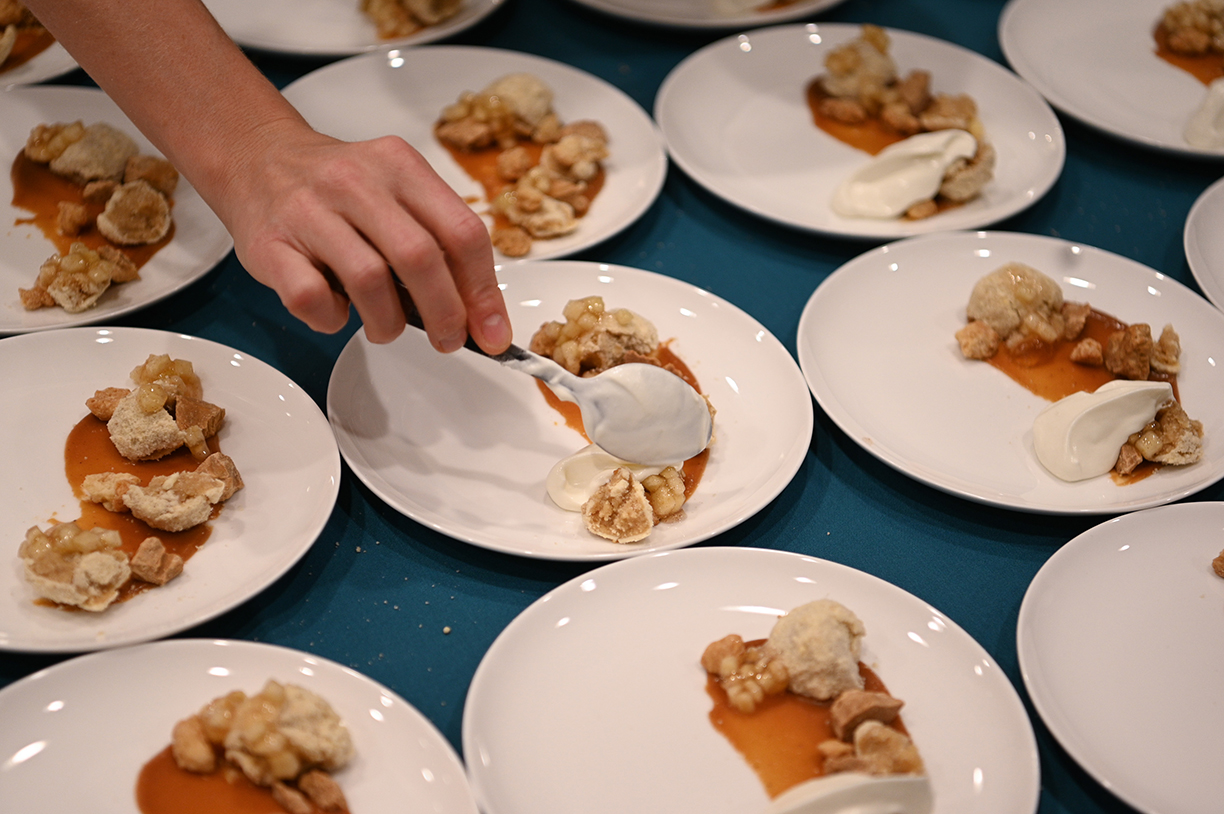
Following the gastronomic cuisine, all four chefs came to the stage for a final conversation with Dan Pashman discussing their dishes from the evening and the inspirations that created them.
The evening’s beneficiary was God’s Love We Deliver, the leading provider of nutritious and personalized meals to individuals who are too ill to shop and cook for themselves. God’s Love We Deliver creates and provides over 7,000 meals each weekday, delivering them to those with life-altering illnesses across all five New York City boroughs, Westchester and Nassau Counties, and Hudson County, New Jersey.
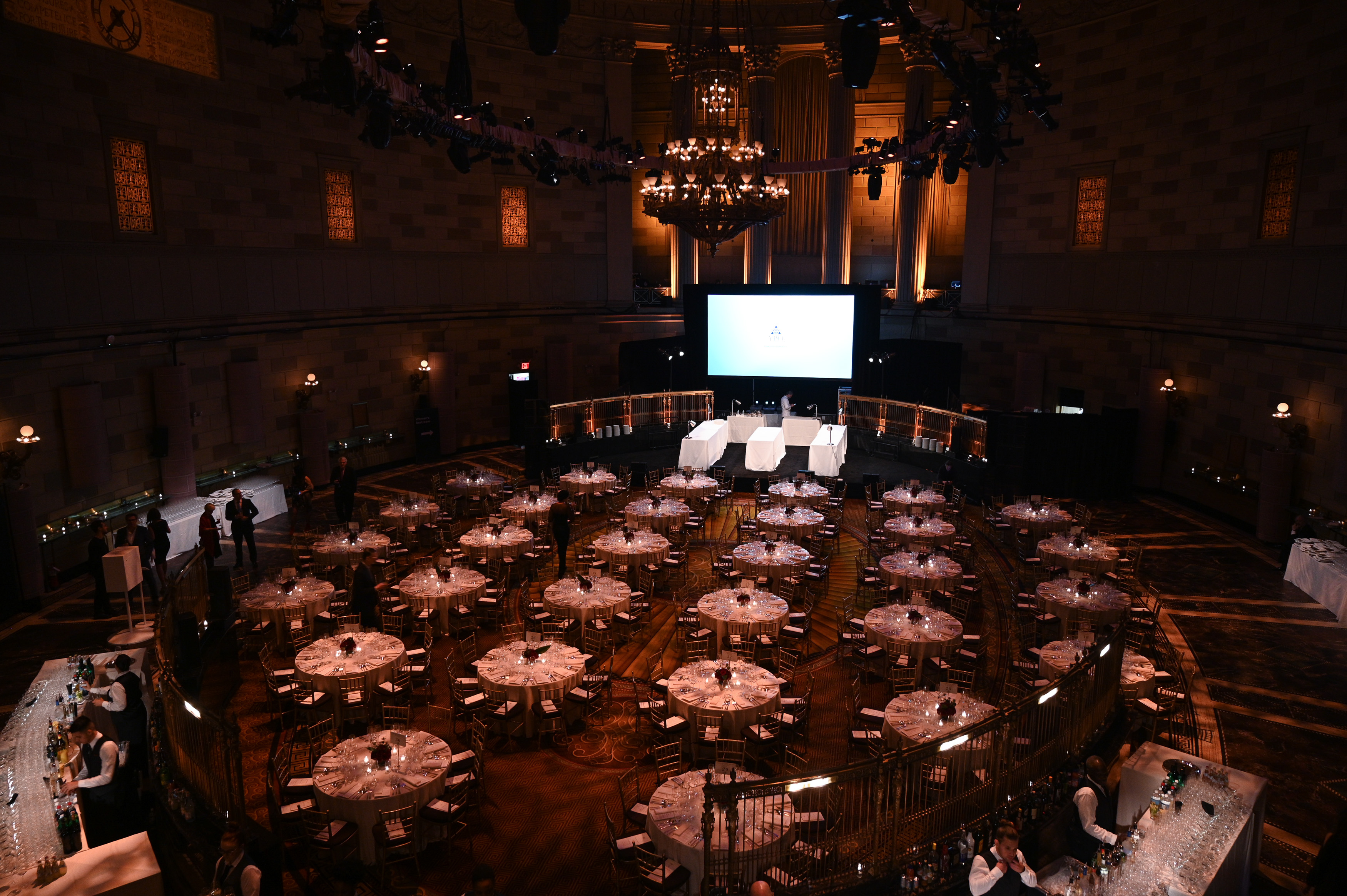
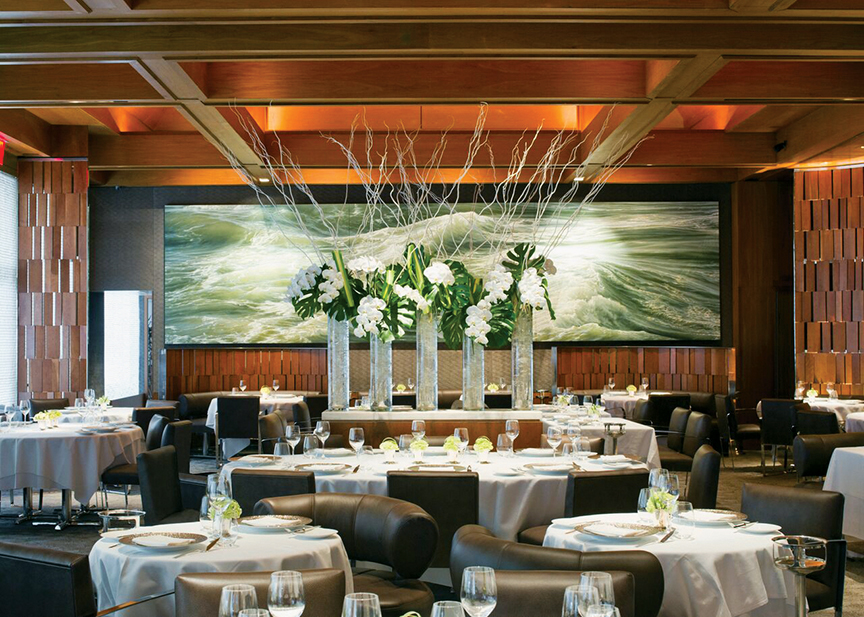
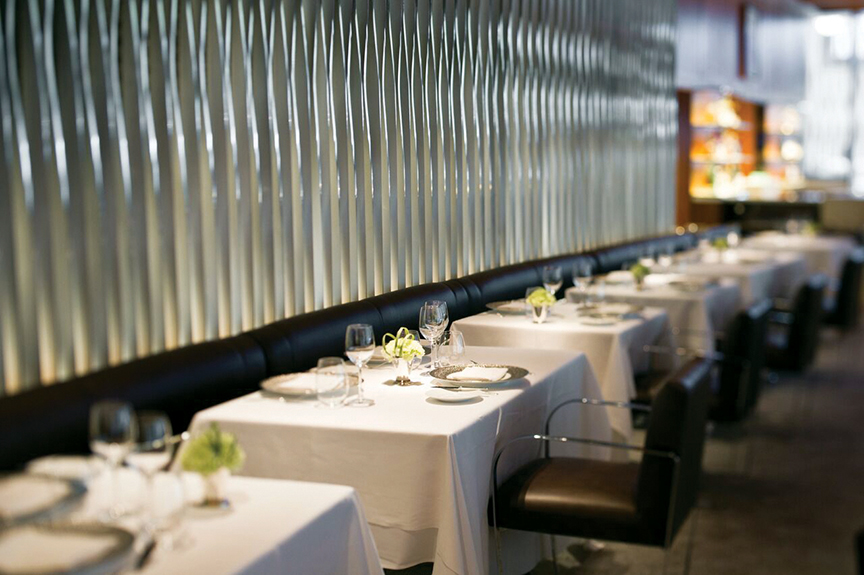
Photos courtesy of Le Bernadin
Overall, Americans are shunning haute cuisine, but for elite diners there remain plenty of opportunities for conspicuous consumption.
By Roger Grody
Generally, “fine dining” — typically evidenced by crisp white tablecloths, crystal stemware and formal service — is rapidly disappearing in America. However, for those restaurants that stubbornly adhere to tradition and insist on genuine luxury, the experience is elevated … along with the price.
Charlie Trotter, the renowned Chicago chef who died in his prime, insisted that fine dining actually represents good value, citing the superb ingredients and intensive labor (100 people from farmers to servers) that contribute to a world-class meal. Average Americans cannot afford mansions or yachts, but many can occasionally experience the world’s finest cuisine. The restaurants featured herein honor Trotter’s philosophy, with some pushing his principle to its limits.
Le Bernardin is one of New York’s temples of gastronomy, where chef/partner Éric Ripert has earned acclaim for fresh, seasonable seafood enhanced through sophisticated French technique. With options between $170 and $225 per person, the prix fixe menus at Le Bernardin are actually restrained for a Michelin three-star restaurant, but a couple can drop a bundle once caviar and wine are added.
“Luxurious service no longer equates to the stiff environment with formulaic interactions that was once popular,” reports Ripert, and while Le Bernardin has pioneered a more approachable experience, the chef/restaurateur still values tradition. “We continue to be a destination for special occasions, which is a large part of why we uphold some of our more classical dining requirements, such as gentleman wearing jackets,” he says. Allowing guests to visit the kitchen and take photographs with staff might not have been something his mentor Joël Robuchon would have encouraged decades ago, but Ripert views it as part of the evolution of fine dining.
While French cooking has the reputation for being the most expensive, it is Japanese cuisine — particularly the art of sushi — that is the priciest in America today. Discretely tucked into a diminutive space on Beverly Hills’ Rodeo Drive is Urasawa, whose entire seating is essentially comprised of just eight chairs at a sushi bar. There, for a flat fee of $425 per person (before tax, tip or a drop of sake), sushi chef Hiroyuki Urasawa personally pampers guests with an omakase (chef’s choice) meal in which extraordinary ingredients are matched by artistry on the plate.
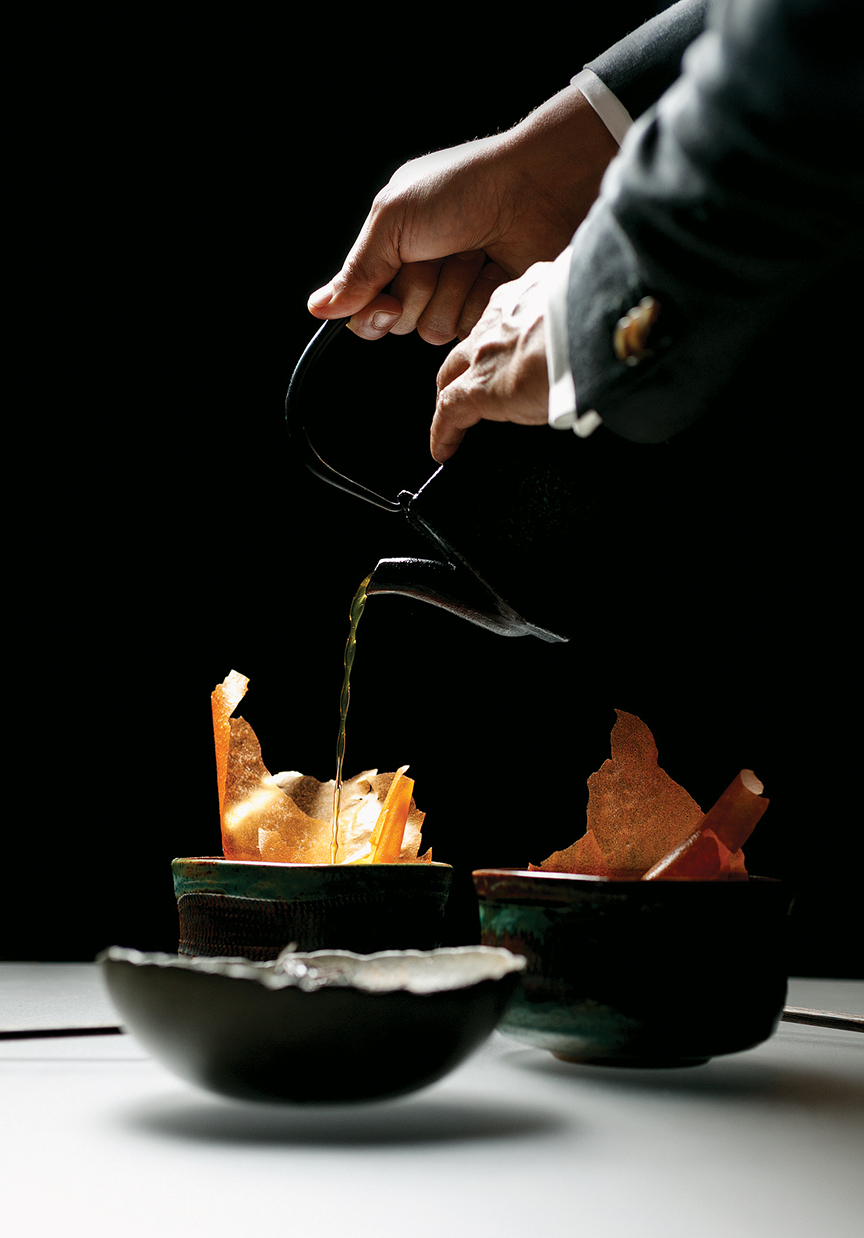

Photos by Allen Hemberger, interior by Matthew Gilson
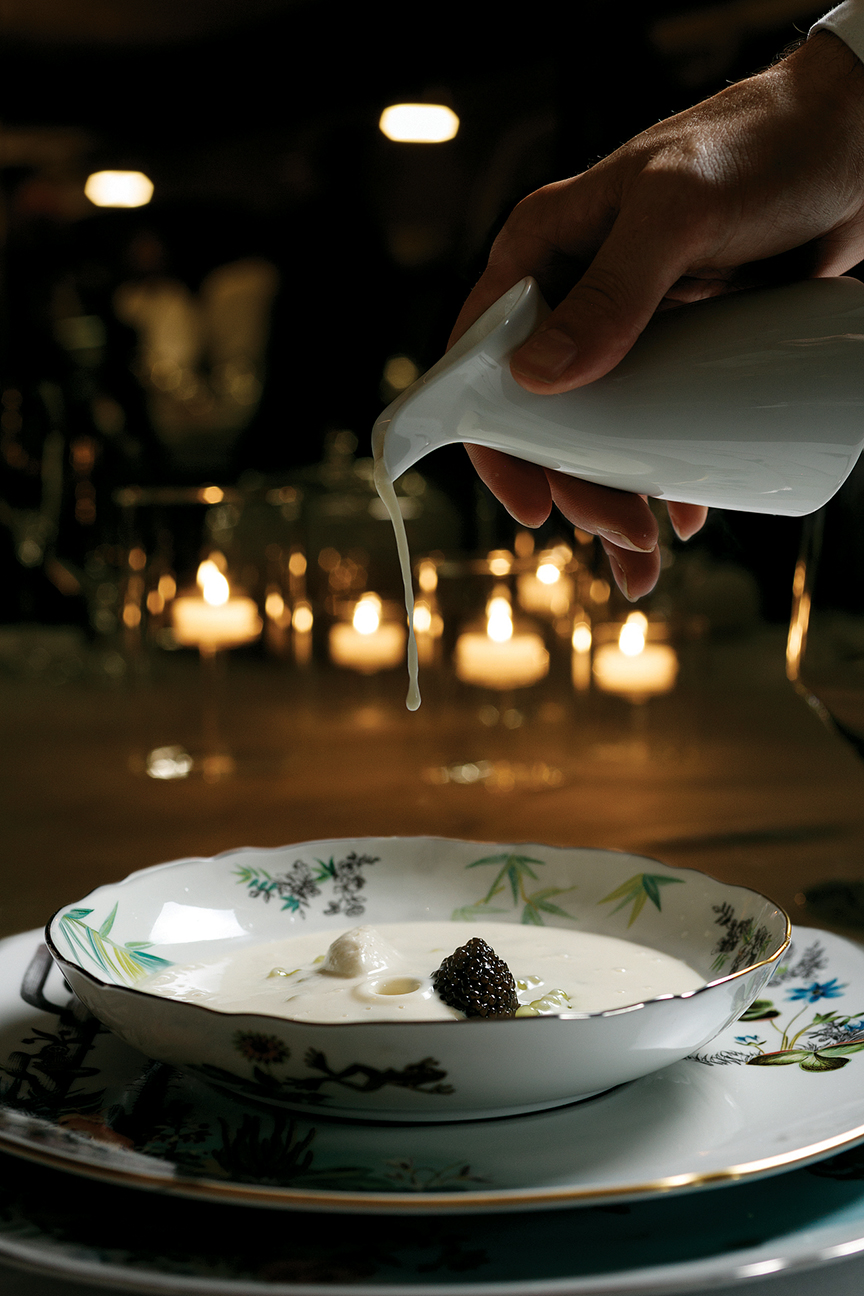
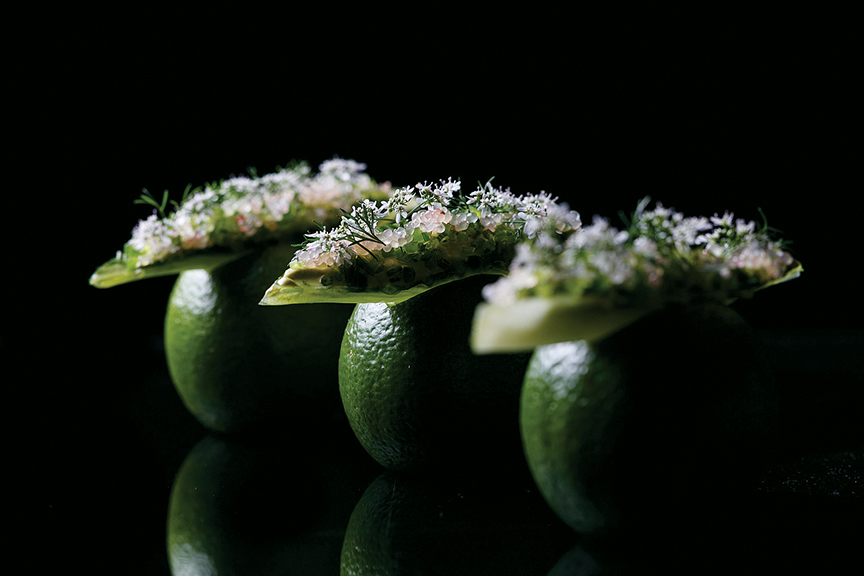
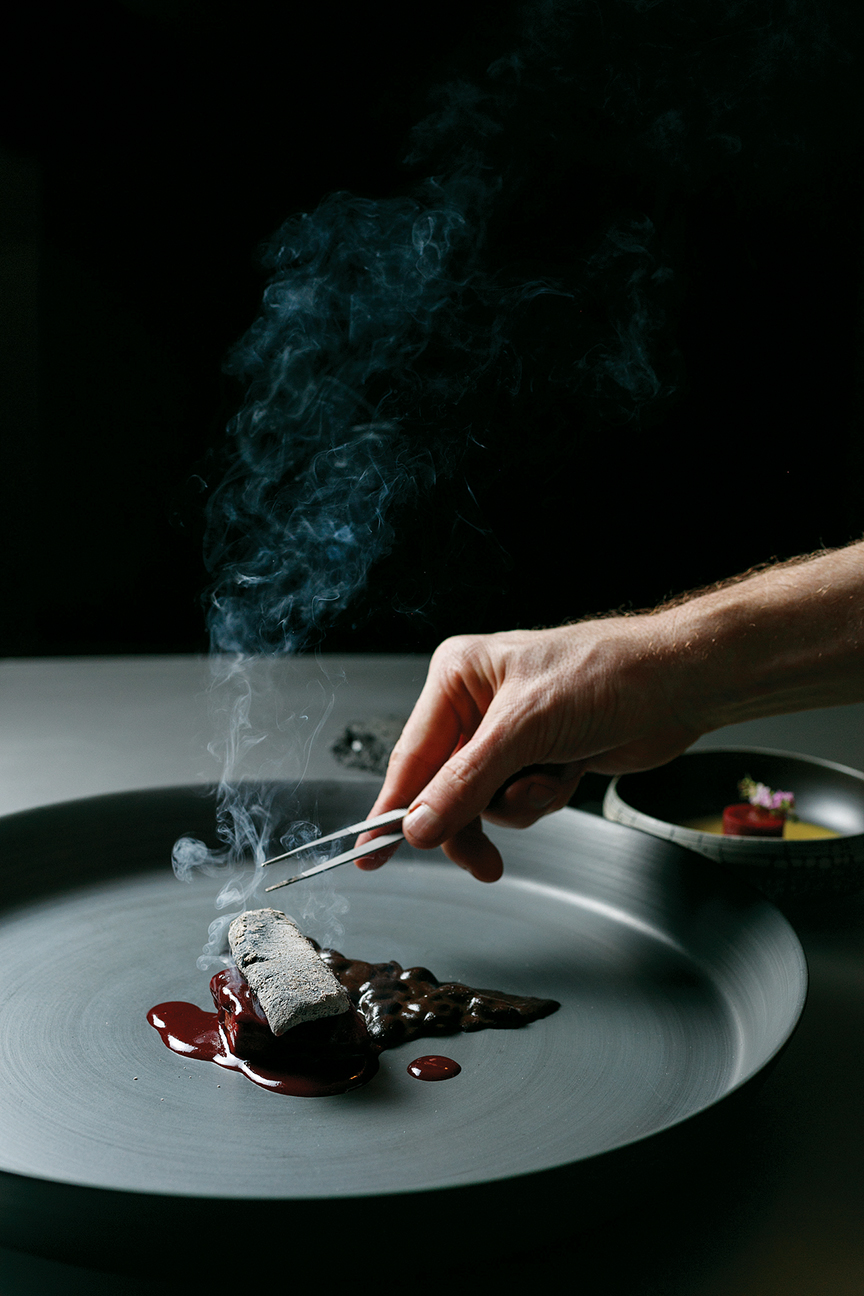
Urasawa-san is a protégé of sushi chef Masayoshi “Masa” Takayama, whose own restaurant previously occupied that same Beverly Hills space. When Takayama was lured to New York to open his 26-seat Masa at Time Warner Center, the prices went up and are now $595 per person, although gratuities are not accepted.
Masa’s sushi bar, a solid piece of hinoki (Japanese cypress), is sanded daily to create a luxurious tactile surface, while flowering branches of seasonal plants provide the only distraction from the master’s work behind the counter. A procession of glistening, edible jewels — the exquisite plating includes ample caviar, truffles and uni — comprise an unforgettable two dozen-course feast that most believe is worth the price.
Alinea, the renowned flagship of culinary innovator Grant Achatz, is sometimes mistakenly viewed as an elaborate stage for the chef/owner’s bag of molecular gastronomical tricks, but innovation alone does not earn three Michelin stars. While the interactivity and playfulness of the cuisine may turn off traditionalists who insist on the hushed formality of what typically passes for fine dining, the sophistication of Achatz’s ingredients, imagination and technique is undeniable. The price for this carefully choreographed presentation of culinary and performance art can reach $385 per person, prior to making a wine selection.
While acknowledging the “absurdity” of paying so much for a meal, Jeff Ruby, chief dining critic at Chicago magazine, insists the Alinea experience is a sound investment. “Someday, Alinea will be gone, and people will speak of it with awe, and its legend will grow,” he says. “Like people who brag that they saw Michael Jordan play in his prime, you can say you ate at Alinea. That is worth way more than $385 to me.”
Ruby believes even traditionalists can find pleasure with Achatz’s concept, as long as they go with an open mind. “People walk in with a chip on their shoulders and Alinea knocks the chip off and turns it into some kind of dehydrated truffle orb,” quips Ruby, insisting Achatz and his crew deliver on their promise night after night.
Located in a posh hotel 20 miles north of downtown San Diego is Addison, where 22-karat gold-trimmed doors open into a soaring foyer while four limestone fireplaces warm the classically inspired premises. In the kitchen, Executive Chef William Bradley prepares a contemporary French cuisine while $10,000-plus treasures are stocked in the wine cellar. Although the chef’s 10-course tasting menu is a relatively manageable $250, Addison recently hosted a Krug Champagne dinner that at $1,000 per head is extravagant by any standard.
“At Addison, every element is fine-tuned through the lens of creating the best and most memorable dining experience possible for our guests from the moment they walk through the door,” reports Bradley. Noting that many diners are celebrating special occasions or have traveled a great distance, he adds that small details (e.g. generously spaced tables, stools for ladies’ purses) are the foundation of the guest experience.
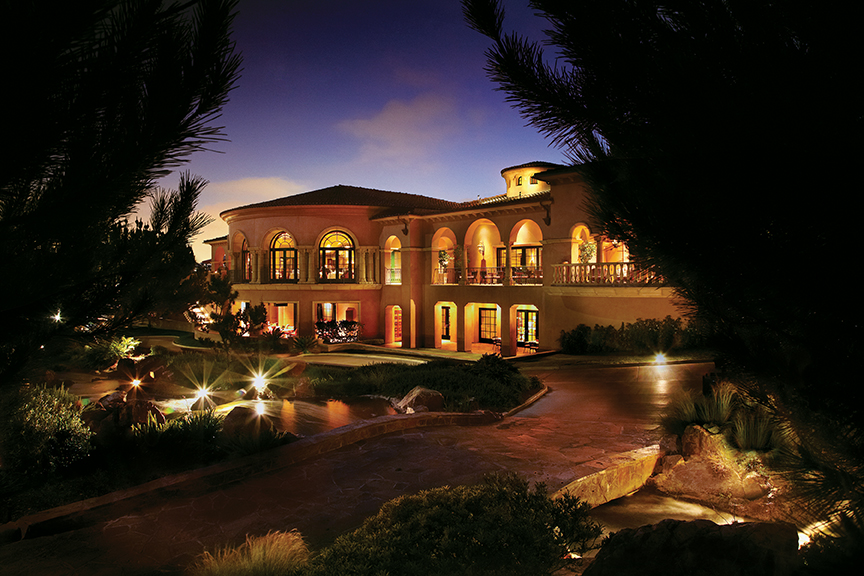
Photos courtesy of Tory Kooyman and Jakob N. Layman
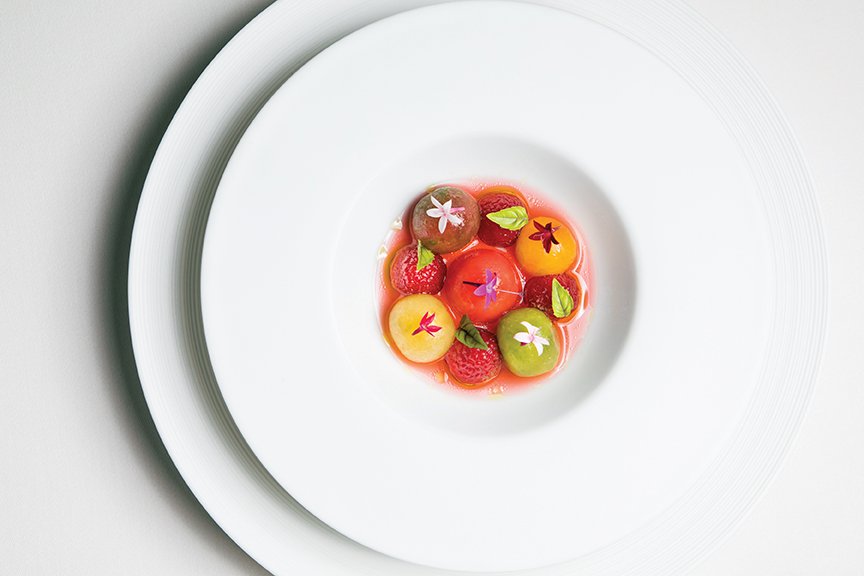
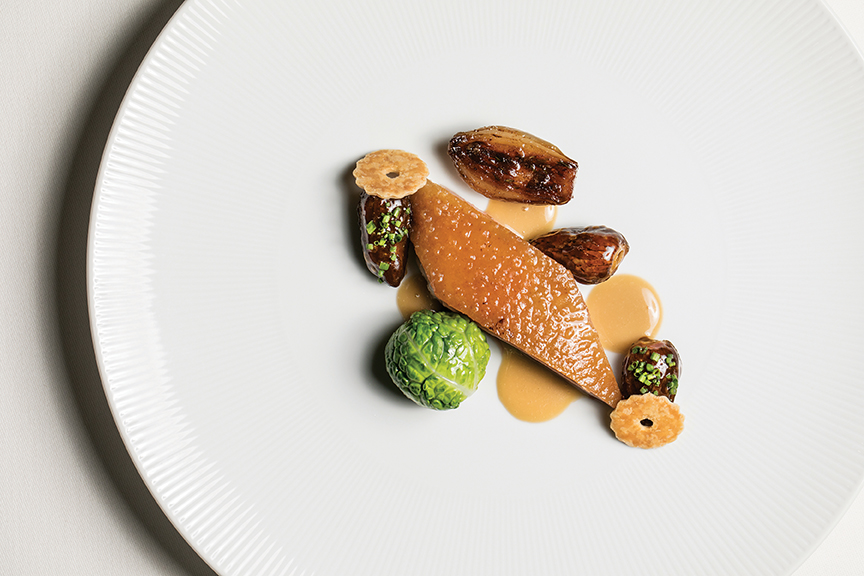
“Hospitality is timeless, as is the desire to be transported,” says Bradley, noting that the dining experience at Addison — it is tucked away in the hills above Del Mar — echoes its physical separation from metropolitan San Diego or L.A. “In an era where we’re so connected to technology, it’s more important than ever to maintain fine dining traditions that separate our guests from the stress of their daily routines,” suggests the chef.
Addison’s bar is currently dispensing a $250 cocktail called the Corpse Reviver XIII, a reimagination of a classic libation with roots in the 19th century. This gold dust-embellished version contains Adrien Camut Rareté (a Calvados so rare only 10 bottles are allocated to the U.S. annually) and 40-year-aged Rémy Martin Louis XIII Cognac. With its price equivalent to the tasting menu, this is clearly an indulgence worth lingering over.
In San Francisco, Saison ranks as the most exclusive and expensive restaurant in town, where exquisitely presented contemporary American fare is served in a space where the boundaries between dining room and kitchen are all but erased. A procession of nearly 20 small courses, which changes daily and can be tailored to the preferences of individual diners, carries a tariff of $398 —before even exploring Saison’s world-class wine list.
In Las Vegas, where winners and losers alike are as predisposed to consume opulent cuisine as they are to purchase Louis Vuitton bags, every major hotel has at least one ultra-high-end dining room. At Caesar’s Palace it is the eponymous restaurant of Guy Savoy, one of Paris’ Michelin three-star stalwarts, where the “Prestige Tasting Menu” runs $385 per person and premium wine pairings add another $375.
At Twist, a celebrated dining venue at the Mandarin Oriental Las Vegas, Chef Pierre Gagnaire (another giant of the Parisian dining scene) presents what may be the luckiest menu on the city’s legendary Strip. A seven-course meal is paired with seven fine wines to comprise a memorable gastronomic experience, and hopefully its $777 per person investment can be recouped with some additional sevens in a nearby casino.
At the Mandalay Bay’s Fleur in Las Vegas, even the ultimate comfort food can inflict extensive damage to one’s budget. There, chef/owner Hubert Keller applies the city’s legendary glam to the humble hamburger, layering foie gras and truffles over a wagyu beef patty. It arrives with a bottle of 1995 Château Pétrus, one of the world’s most treasured wines, followed by a $5,000 tab.
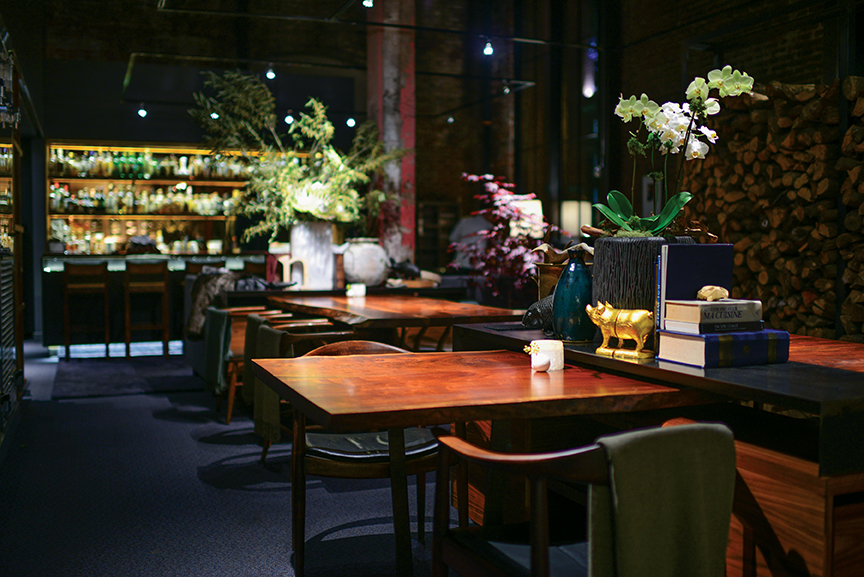
Photos by Bonjwing Lee
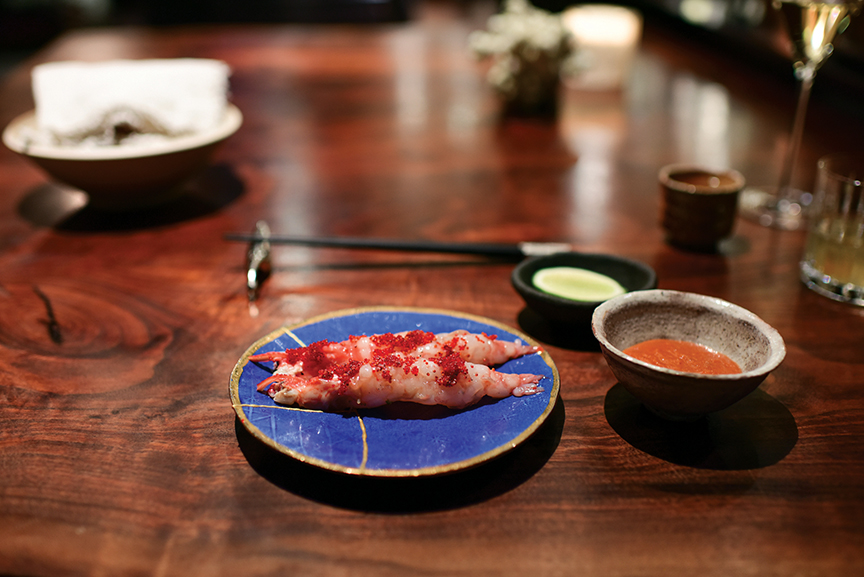
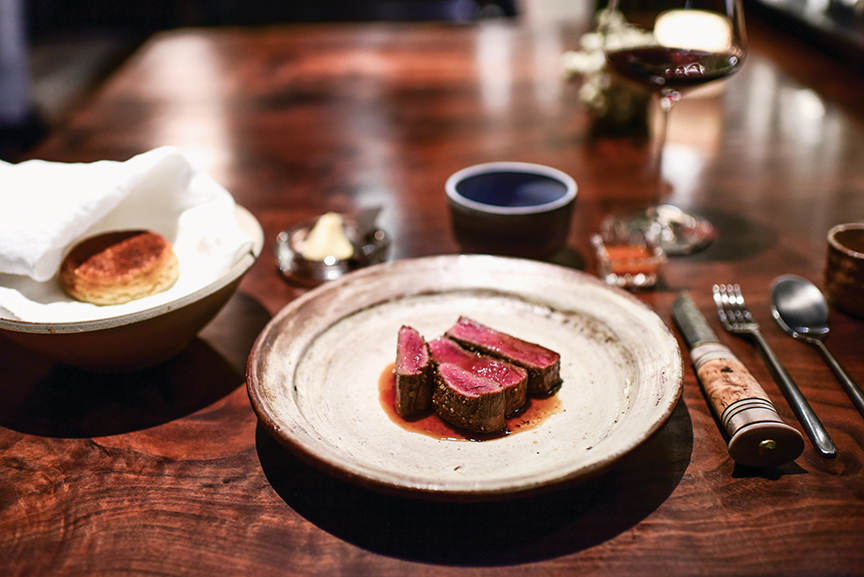
Addison • San Diego • www.addisondelmar.com
Alinea • Chicago • www.alinearestaurant.com
Fleur by Hubert Keller • Las Vegas • www.hubertkeller.com
Restaurant Guy Savoy • Las Vegas • www.caesars.com
Le Bernardin • New York • www.le-bernardin.com
Masa • New York • www.masanyc.com
Saison • San Francisco • www.saisonsf.com
Twist • Las Vegas • www.mandarinoriental.com/las-vegas
Urasawa • Beverly Hills • http://urasawa.cafe-inspector.com
While farm-to-table produce was once a hot trend, community residents have now begun to expect farm fresh ingredients on their plates and in their cocktails.
By Alyssa Gautieri
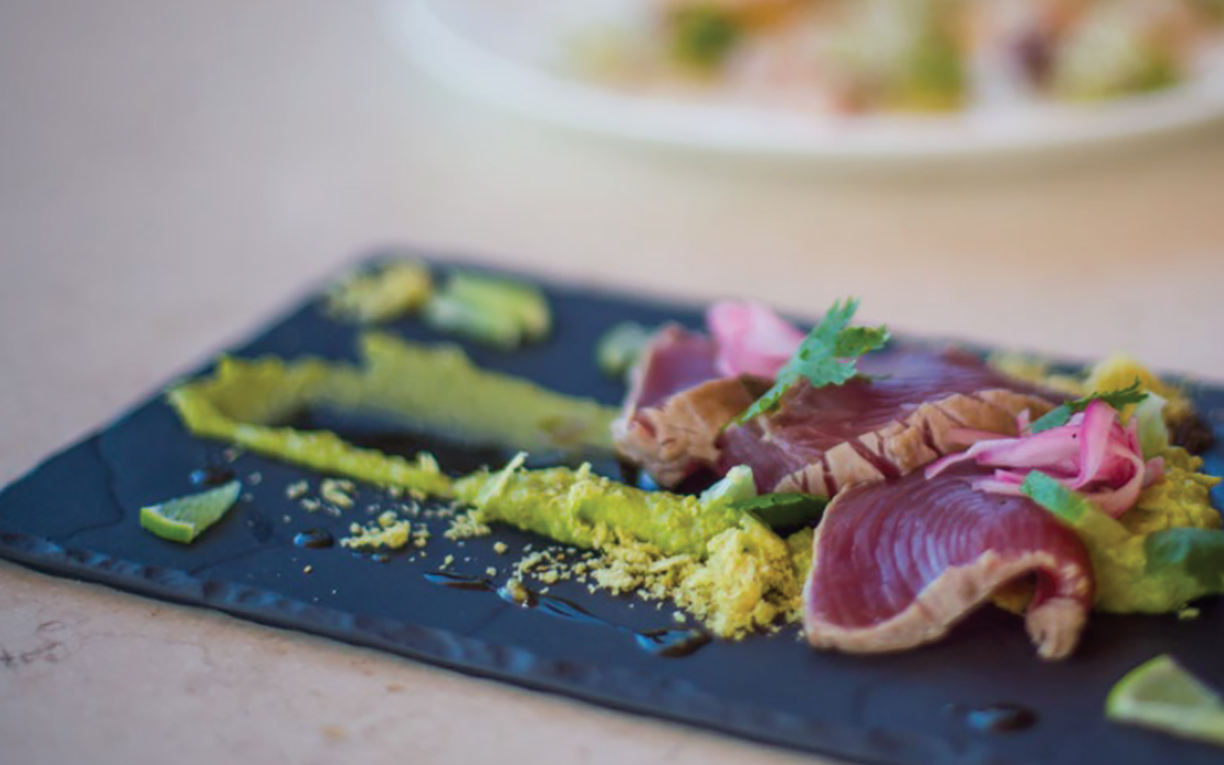
To keep residents and guests happy, residences and resorts have embraced the farm-to-table movement, but they have also begun to take the culinary experience a step further. These residences have expanded their on-site offerings to include organic farms, educational programs and more. These innovative ideas are bringing the authentic flavor of the land to restaurants, bars and homes.
Kukui’ula
This property offers an Upcountry Farm, a 50-acre community farm equipped with a staff of farmers who help residents and guests harvest seasonal fruits and vegetables. In addition to gardening lessons from farmers, residents can tend the soil, pick from fields of fruits and vegetables, taste seasonal produce or cultivate an appreciation for sowing, growing and harvesting. The community also offers a gourmet farmers’ market on Wednesdays and monthly farm-to-table dinners prepared by Chef Ben Takahashi.
Photos courtesy of KuKui’ula
The Cliffs Broken Oak Organic Farm
This community founded Broken Oak Organic Farm, a 5-acre farm complete with greenhouses and fields for year-round growing. The farm also uses organic growing practices. The Farm hosts a monthly farm stand, as well as “People to Farm” dinners, wine tastings and educational classes.
Photos courtesy of The Cliffs
Costa Palmas
This new development, which is set to open on the East Cape of Cabo in 2018, will feature the first Four Seasons in the area and will have 18 acres of orchards and farms. In addition to providing an amenity to residents, the organic farms will produce food for the hotel and create an opportunity for the inhabitants of La Ribera. Fresh tomatoes, bananas, papaya and chili peppers will appear in cocktails and meals, and the best avocados and limes in the world will compliment tasty dishes.
Photos courtesy of Costa Palmas
